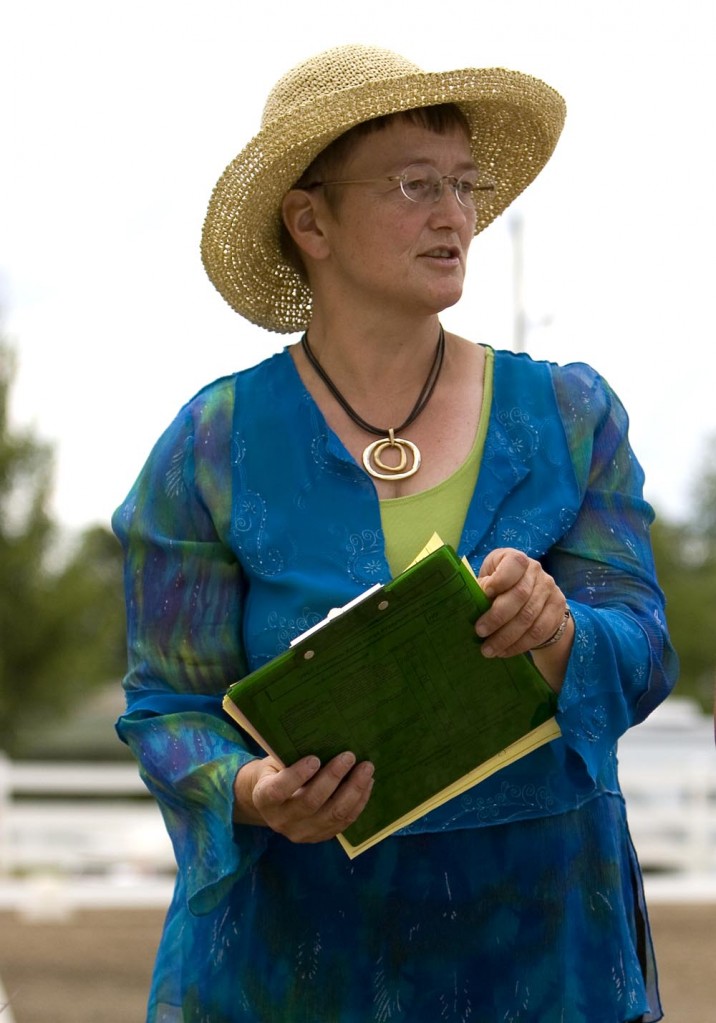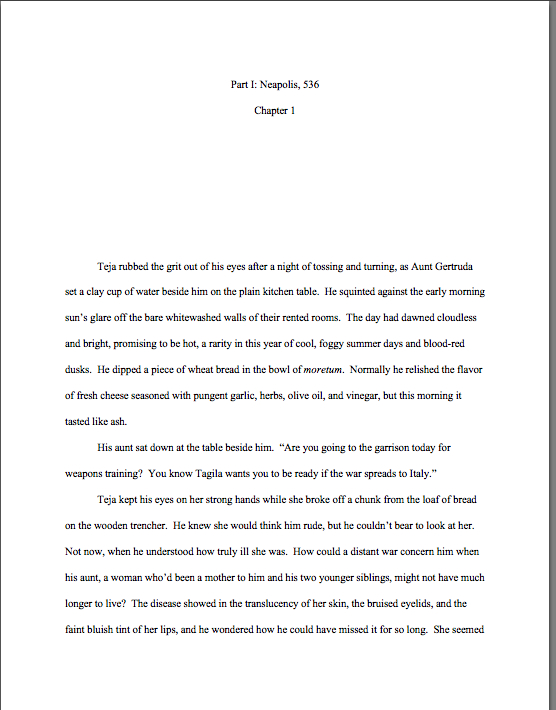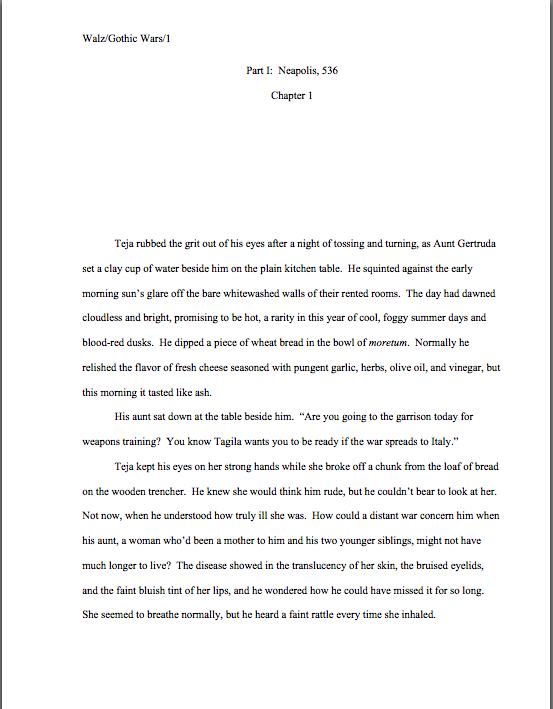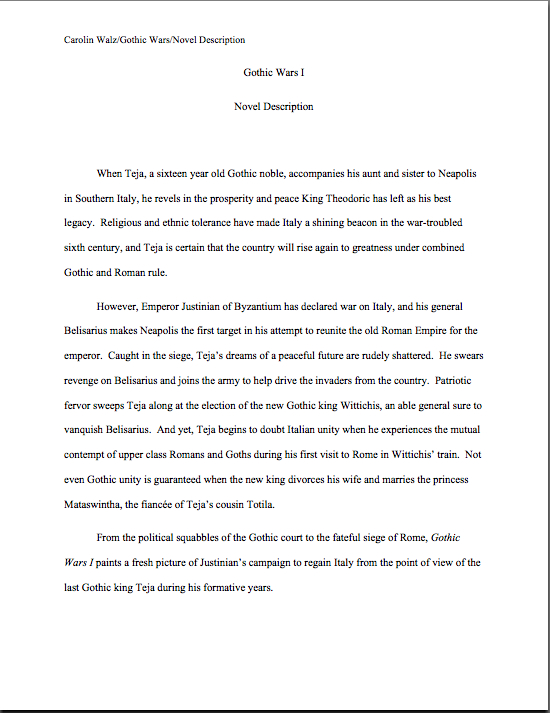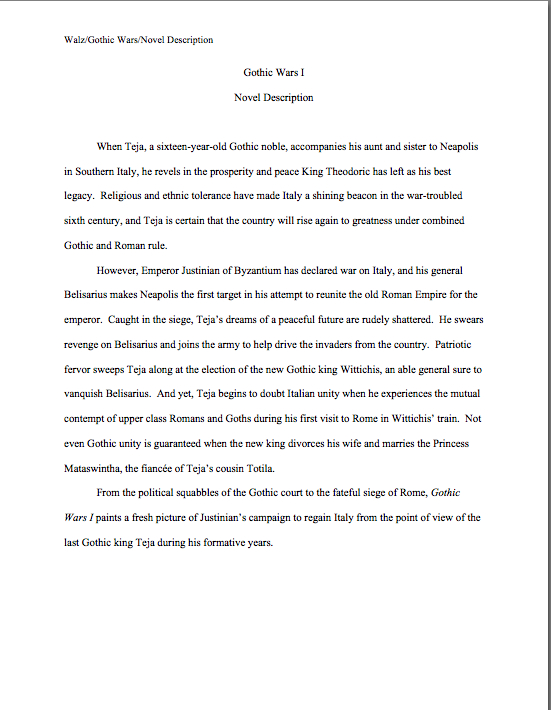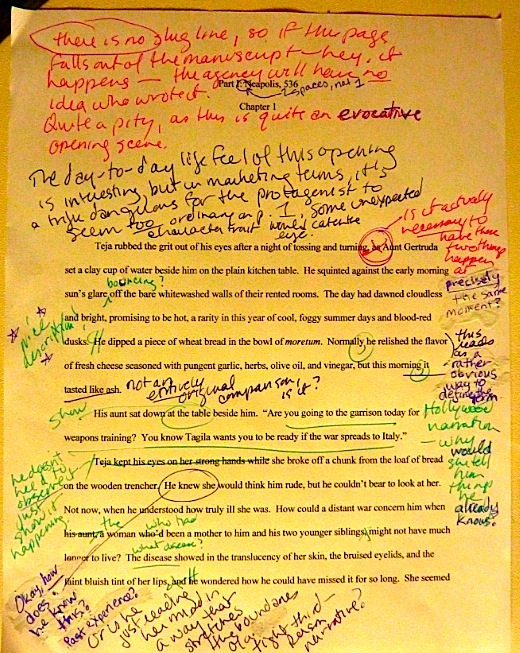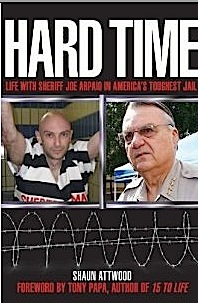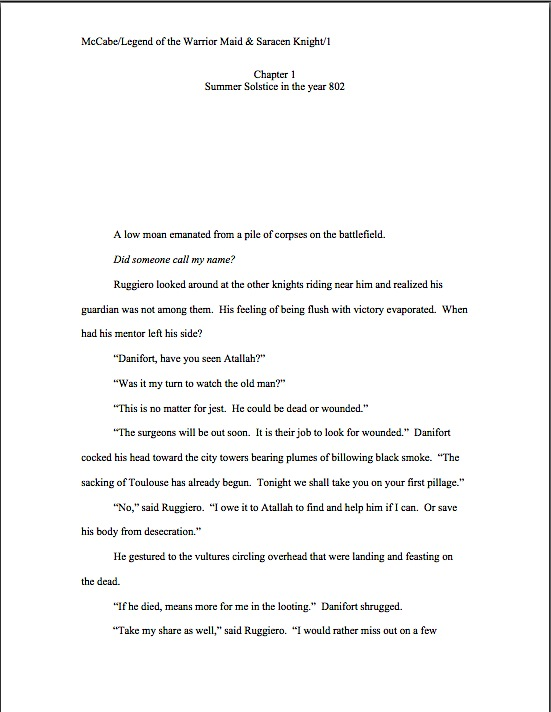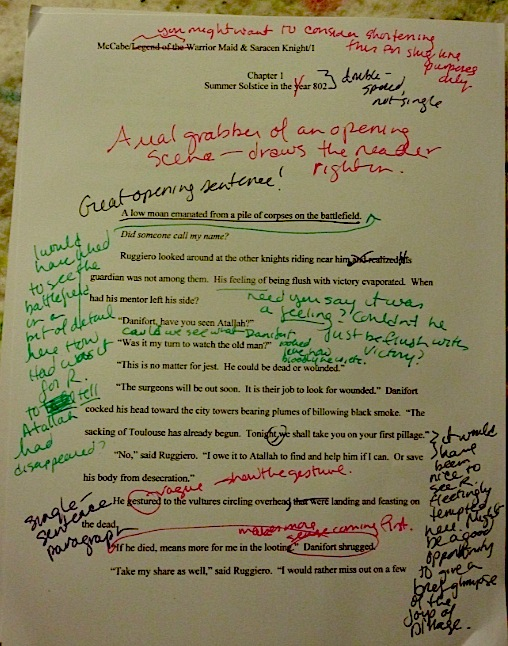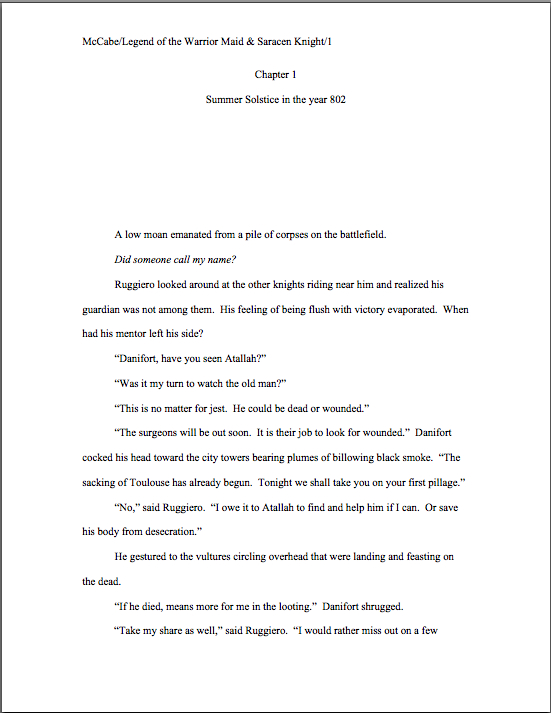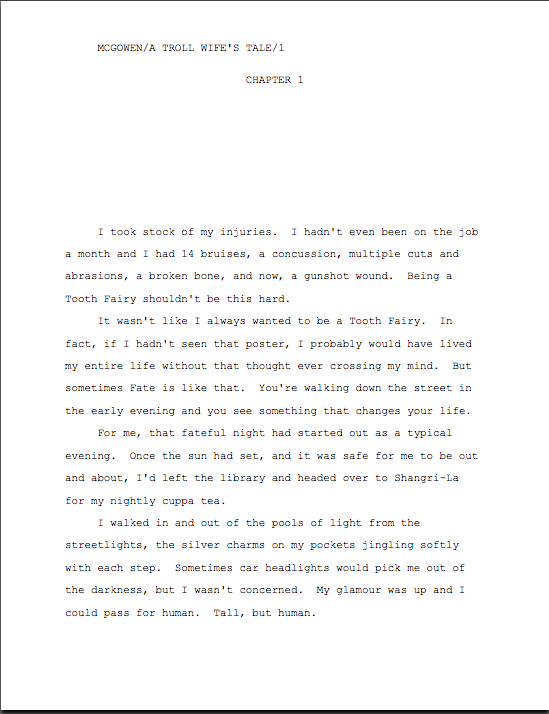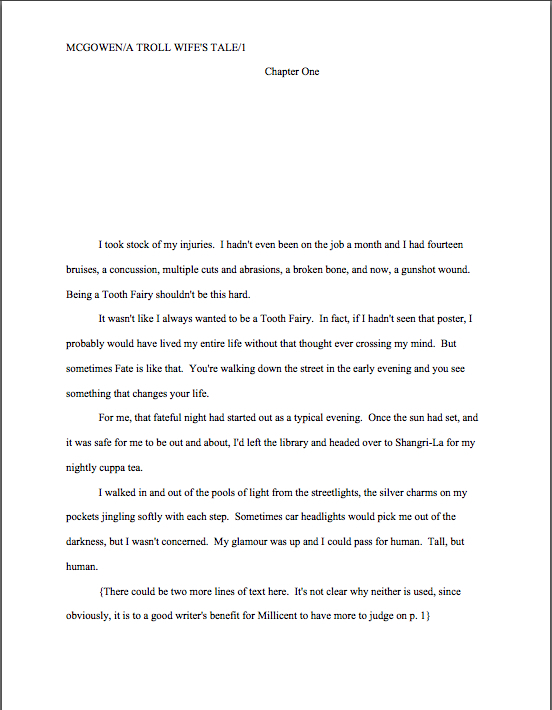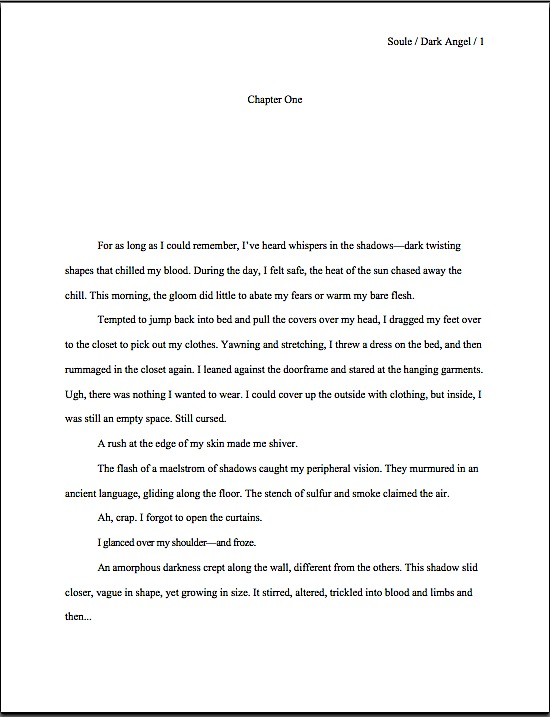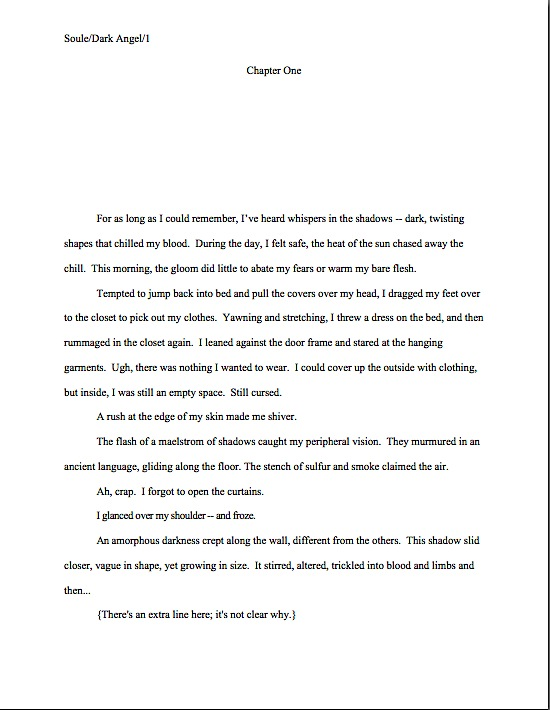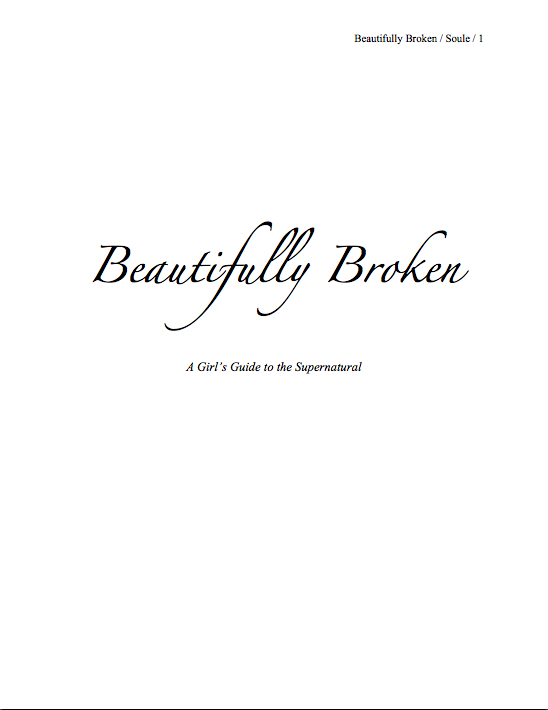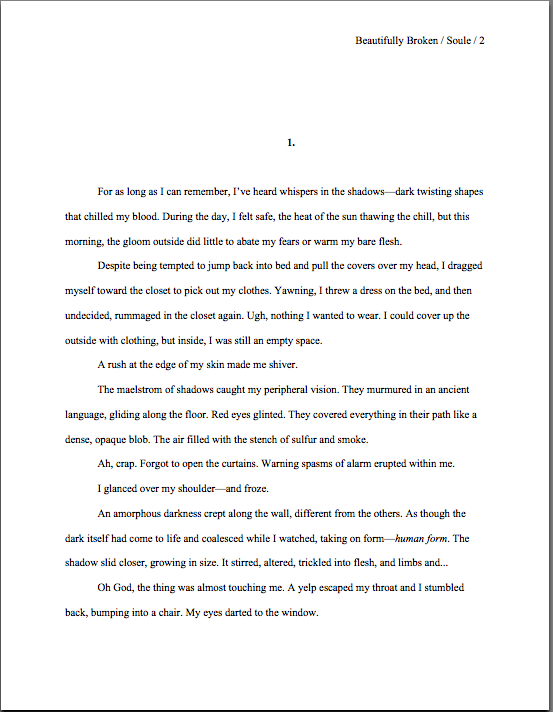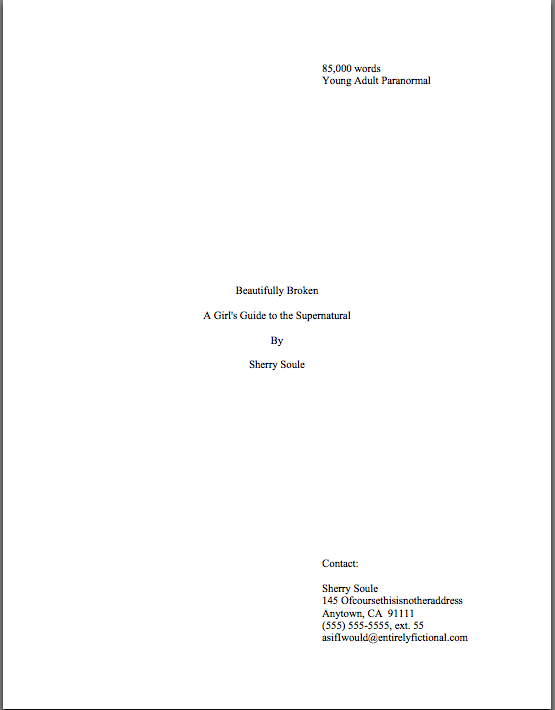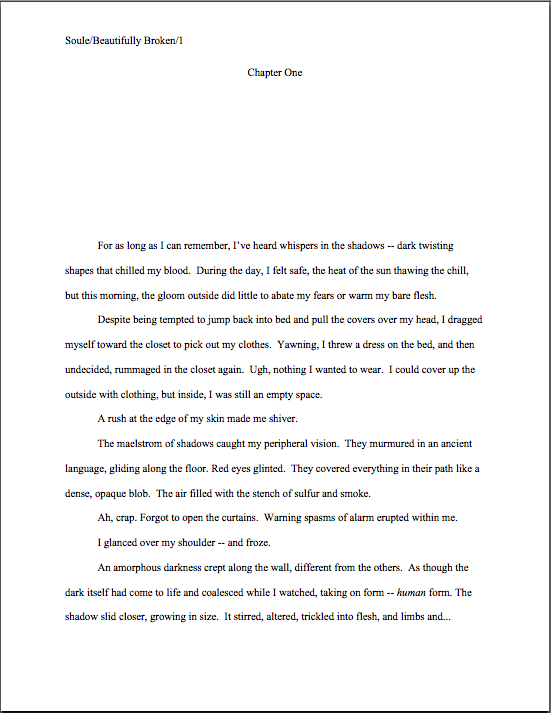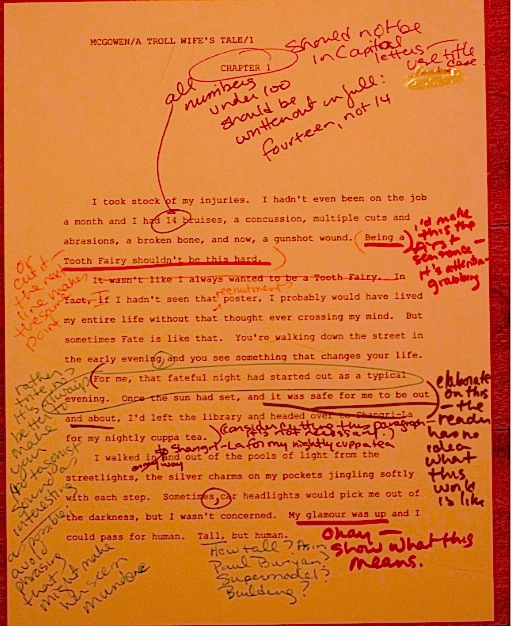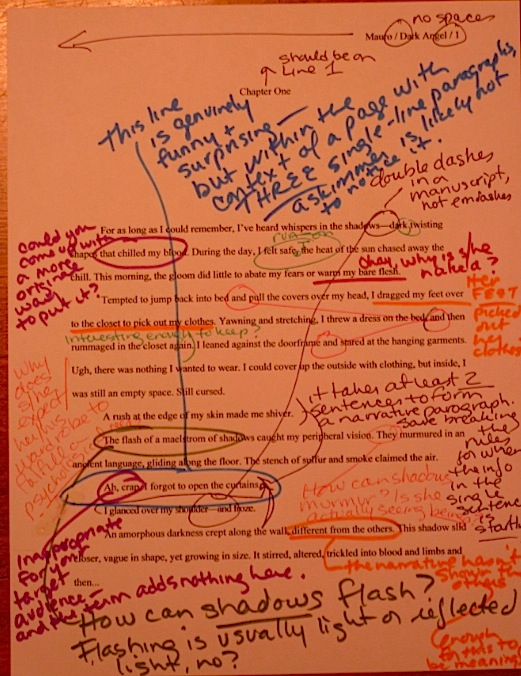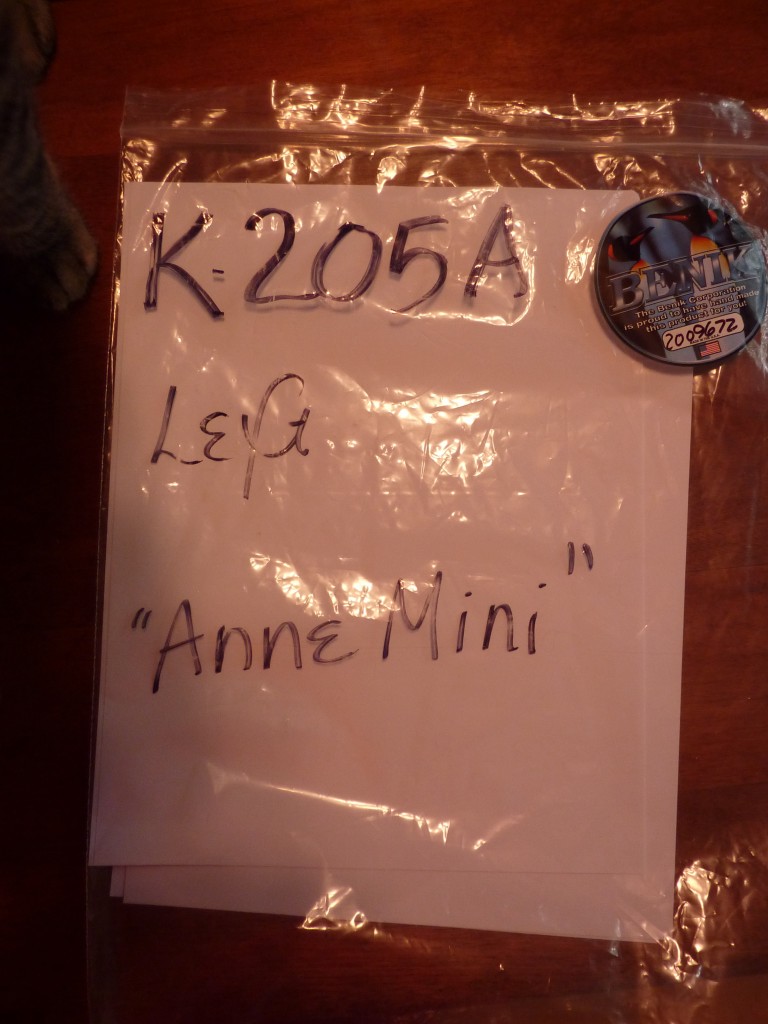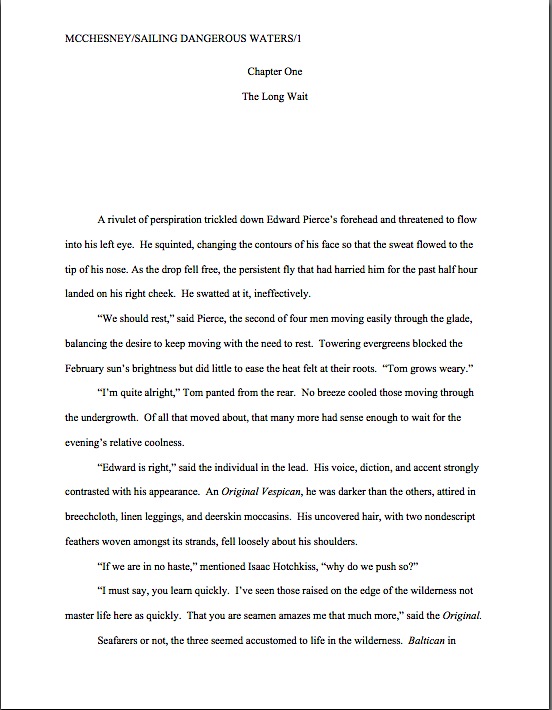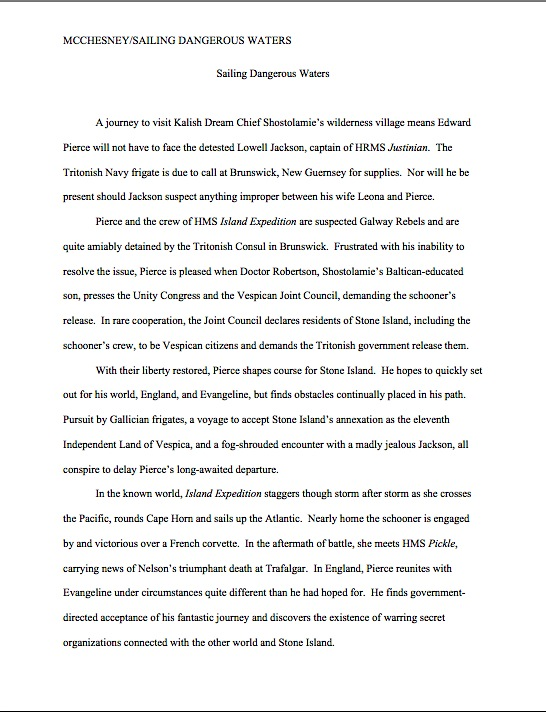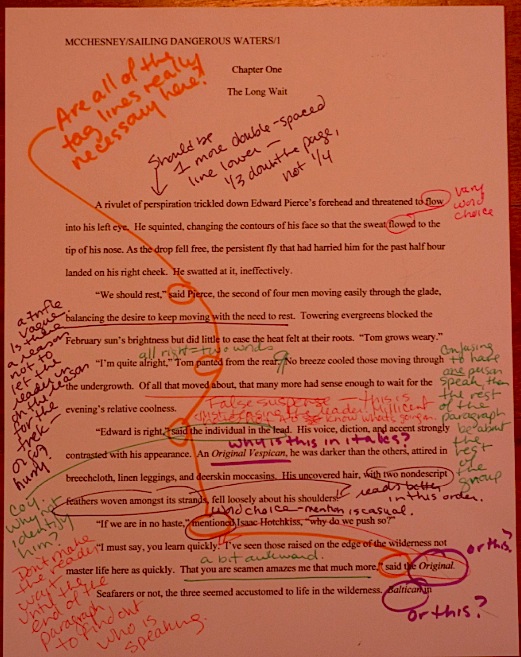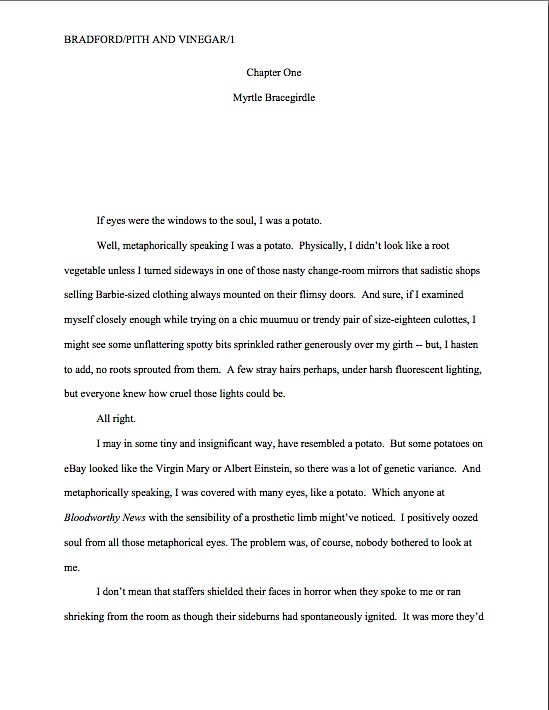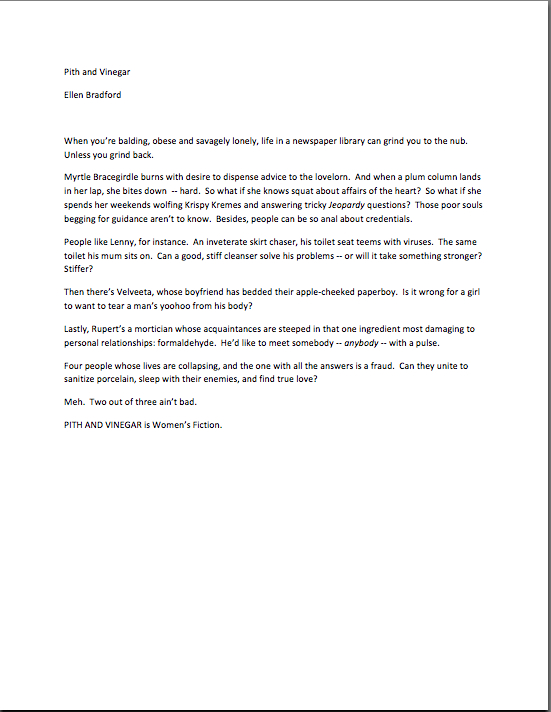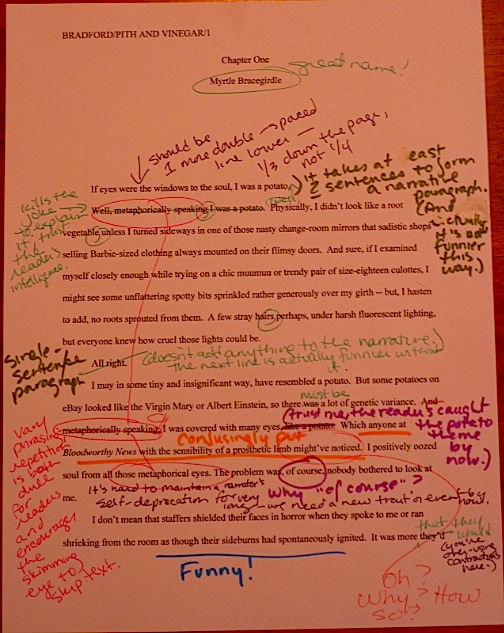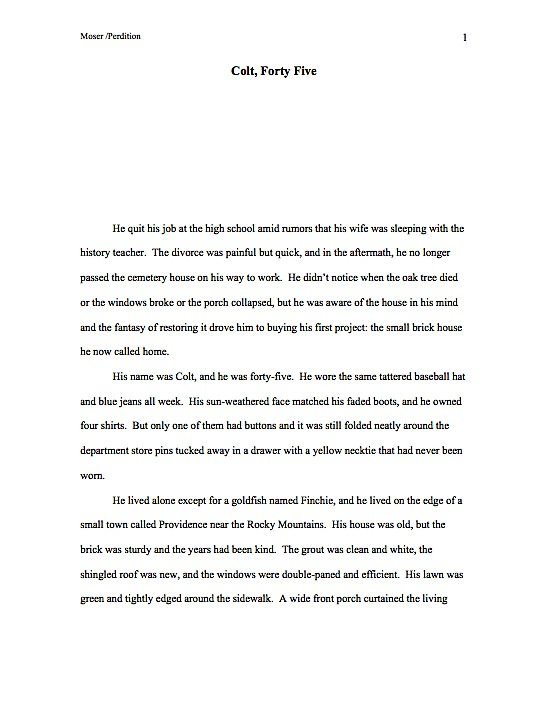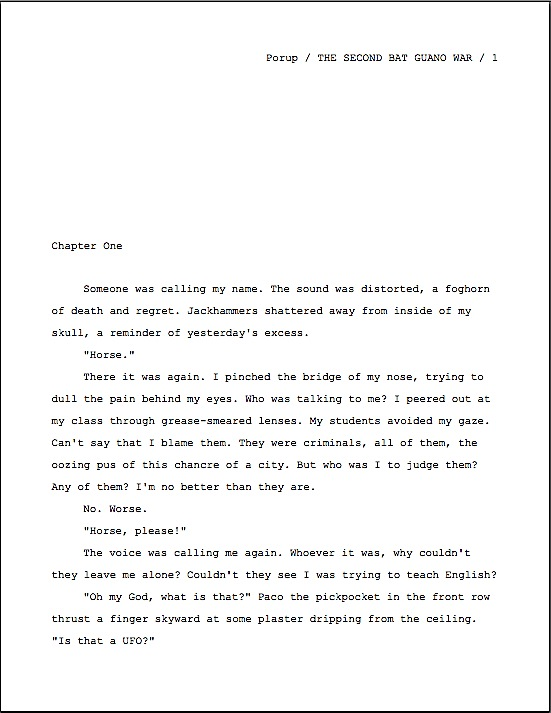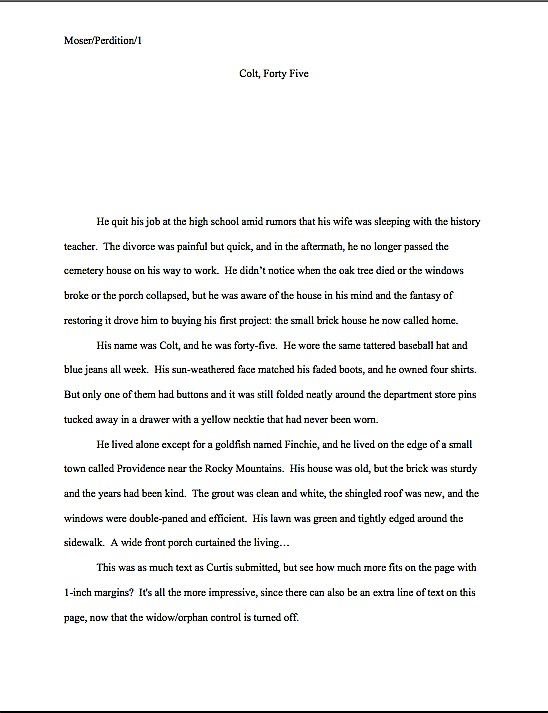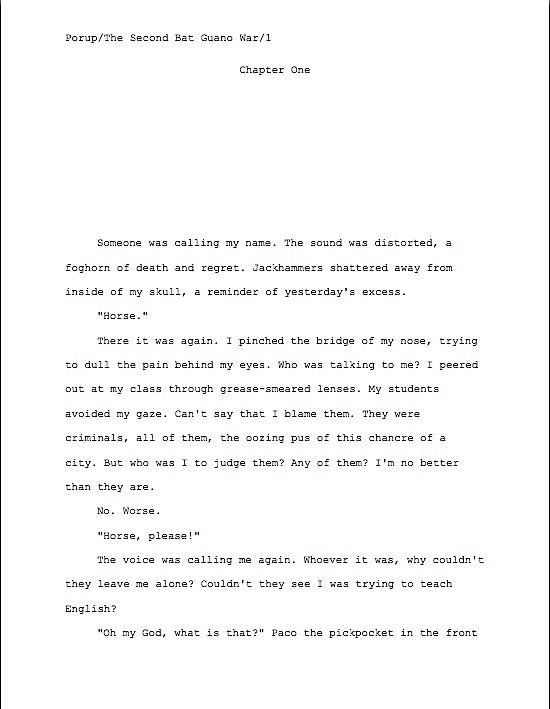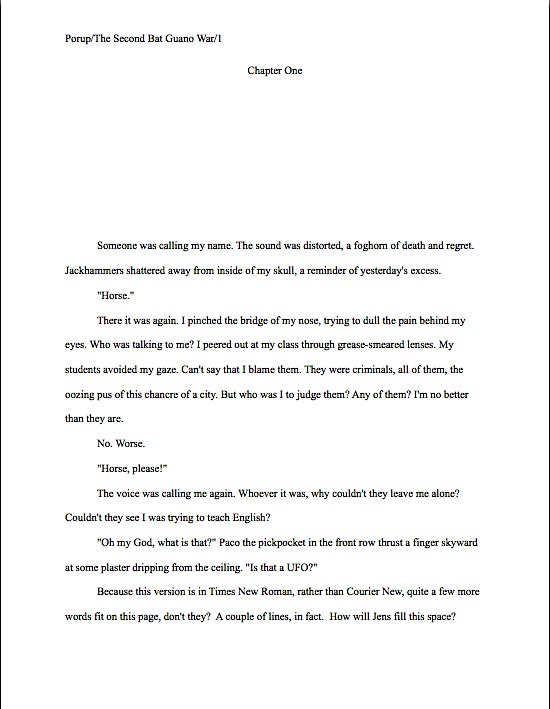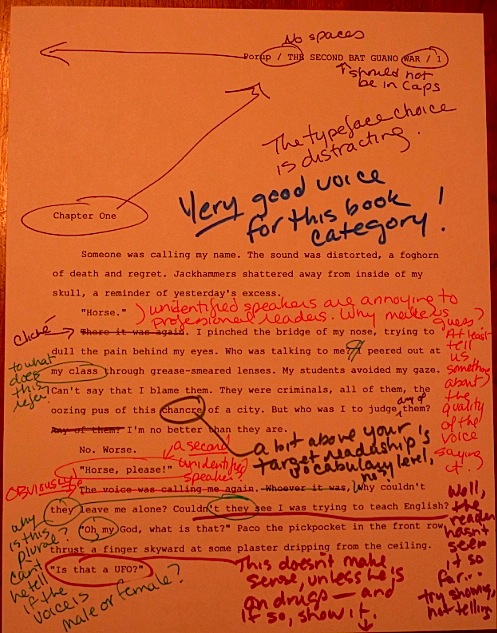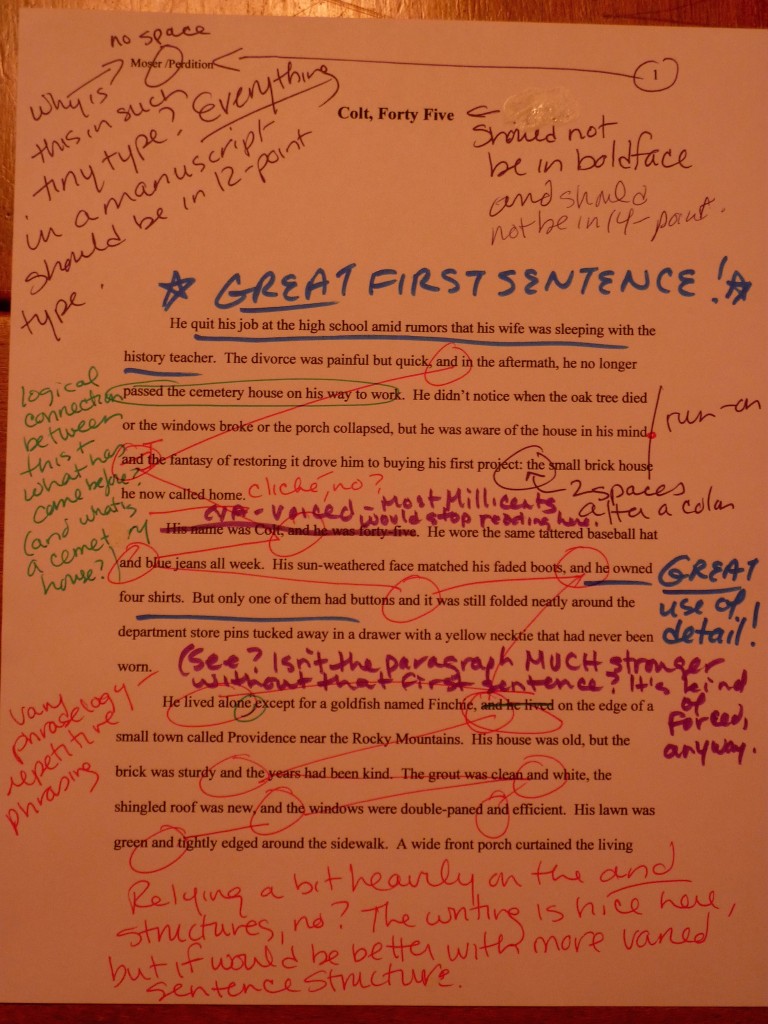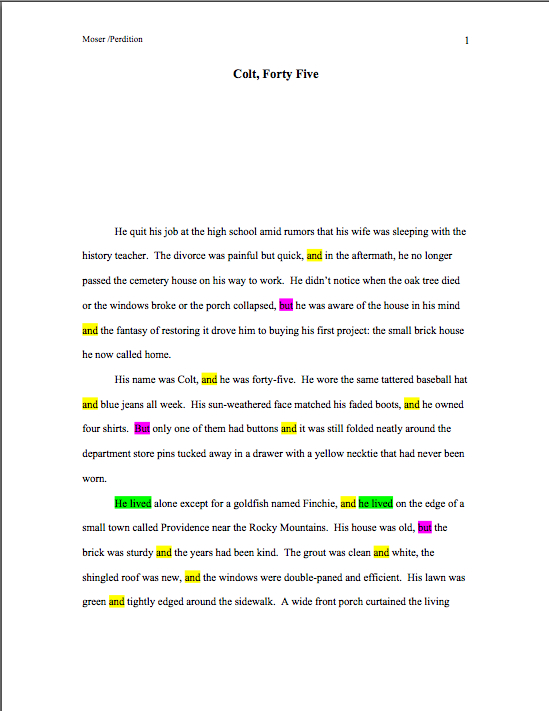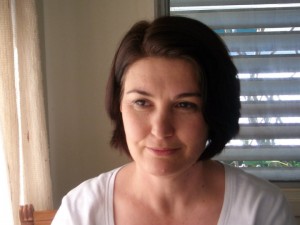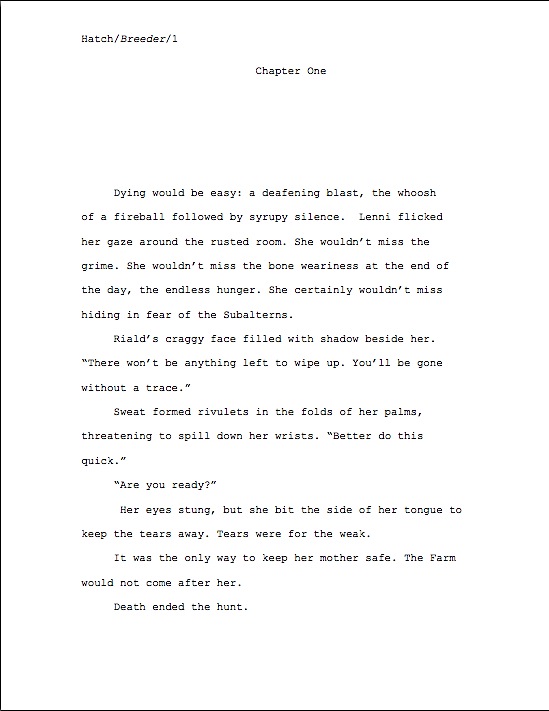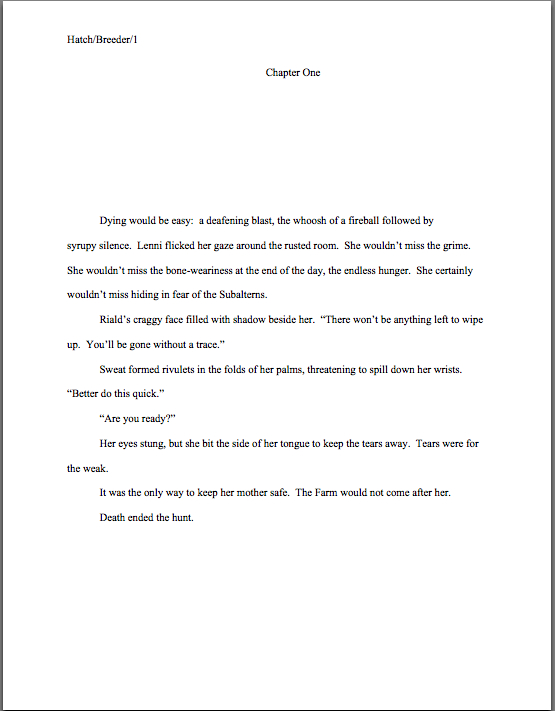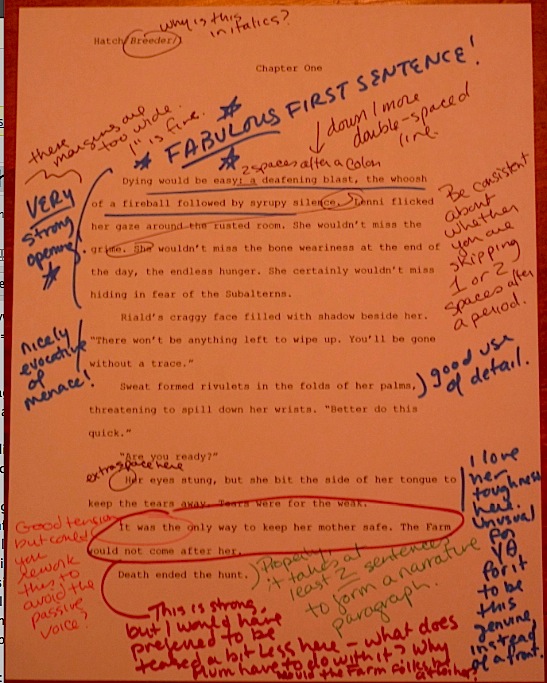Every since I announced Author! Author!’s Sensual Surfeit Literary Competition of 2012 a couple of weeks ago, I have been barraged with questions. Admittedly, these questions have not, by and large, been posted as comments here on the blog — where, say, my response to them might be visible to potential entrants other than the one that happened to buttonhole me in a bookstore or e-mail me privately. (The comment section is there for a reason, people!)
If seven years of blogging (as of next month) have taught me anything, though, it’s that for every one aspiring writer brave enough to post a question or accost me in a dark alley, demanding literary answers, there are hundreds or even thousands that never work up the nerve to ask. Or perhaps have not yet progressed from a vague feeling of discomfort to a fully-formulated question. Or, as those that come up and tap me on the shoulder at the grocery store keep insisting is their problem, simply not having the time or the patience to type out a nuanced concern on the tiny keyboards of their smartphones in between quick peeks at the blog.
Whatever the reason, I worry about all of those shy questioners. Writing for a contest entry — or for publication — is a pretty complex business; it’s not as though I could just toss off a 500-word column that would answer every conceivable question floating around out there in the ether. As much as fans of brevity might like me to make the attempt (oh, those people comment!), there are plenty of websites out there that profess to tell aspiring writers everything they need to know about formatting a manuscript or writing a successful contest entry in just a few hundred words, if not a few dozen bullet points, that I have no qualms about not adding to the number.
Besides, in my experience, pretending that complex matters are simple just confuses people. As my extensive archives (conveniently organized by category at the lower right-hand side of this page) demonstrate, I’m perfectly happy being the blogger that aspiring writers seek out for detailed answers to difficult questions.
But in order for me to do that, I need to know what those questions are.
And no, I’m not always able to guess. As I have pointed out many times in this very forum, the issues I might speculate that my readers would like me to address are not necessarily those that would occur to someone brand-new to the challenges of entering a writing contest or submitting to an agency.
Why? Well, to those of us that read manuscripts for a living, matters of formatting and style are fairly self-evident: like our old pals, Millicent, the agency screener, and Mehitabel, the veteran contest judge, I have seen so many professionally-formatted, beautifully-written manuscript pages, as well as myriads that missed the mark, that I can tell at a glance if something’s off. And, like Millie and Hitty, if something’s off with the presentation, it makes it harder for me to concentrate upon the writing itself.
Well might you roll your eyes, contest entrants and submitters: ideally, it would be nice if all that counted in a submission or entry were the writing itself. But Millie, Hitty, and I all know that’s not a realistic expectation — and, frankly, that we would not be doing aspiring writers any favors in the long run if we pretended presentation did not count. Millicent knows that in order for her boss, the agent of your dreams, to be able to sell your manuscript to an editor, it would first need to be free of typos, misspellings, and grammatical errors; Mehitabel is aware that if an entry she likes is to have a fighting chance in the finalist round, it must adhere to the contest’s rules.
And my years of experience helping writers move from concept to publication have taught me that if I just nodded and smiled when those writers insisted that it was a waste of their time to adhere to the rigors of standard format for book manuscripts, they would have gotten rejected by Millicent before their good writing had a chance to impress her. Because there’s just no getting around the fact that to a professional reader, improper presentation is every bit as eye-distracting as a page that repeats the word being on every other line or never contains a single correct spelling of either.
So it honestly wasn’t merely a matter of nit-pickery when I included in the rules for this season’s adult writing competition the stark requirement that entries must be in standard format for book manuscripts, in 12-point Times, Times New Roman, or Courier. Work that is not double-spaced, contains shrunken margins, or otherwise differs from standard format will be disqualified. Nor was it an accident when I included a link to the rules of standard format immediately thereafter.
A lesser writing contest organizer might have left it at that. So might a writing guru with less experience fielding questions from aspiring writers. But I know that everybody learns slightly differently — and not everyone has the time, patience, or web access minutes left this month to follow such a link.
I know, in short, enough to ask those of you contemplating entering the contest: how many of you have ever actually seen a professionally-formatted book manuscript in person? Or a contest entry that won a major prize?
I thought not. So today, for your viewing pleasure, I am going to walk potential entrants (and anyone else that might be interested) through the contest rules, giving visual examples of how an entry that clung to them tenaciously would look on the page.
That’s right, campers: today, I’m going to show you the technical side of how to win.
You’re welcome. And please, should anything in this set of explanations puzzle you, even for an instant, do me a favor and leave a comment asking for clarification. Believe me, if you are wondering, others will be, too. And I can’t answer questions I don’t know readers have.
(Okay, so I frequently do. Humor me this time, will ya?)
One caveat before we start: for reasons best known to itself, my blogging program chooses to reproduce page shots small, dark, and inexplicably blurry. I’ve cleaned them up as best I can, but since the details are the point here, I would strenuously advise those of you reading this on a computer to hold down the COMMAND key and pressing + repeatedly to enlarge the images. (Those of you reading this on smartphones are on your own.)
Everyone seated comfortably? Excellent. Let’s begin where all sensible contest entrants start when figuring out how to pull together a contest entry, at the top of the rules.
The Sensual Surfeit Literary Competition of 2012
Although the last time any of us here at Author! Author! checked, human beings experience the known world through their sensory organs, the overwhelming majority of manuscripts seem to rely mostly upon just two: sight and sound. That’s understandable, of course, since the world is stuffed to the gills with television, online, and movie storylines that must depend upon only those two senses to convey meaning. On the printed page, however, there’s seldom a reason for a narrative to limit itself to only what could be observed on a screen.
In order to encourage aspiring writers to incorporate more senses — and more specific sense-oriented detail — in their manuscripts, the Sensual Surfeit Literary Competition of 2012 is calling upon you to wow the judges with just how thoroughly you can make them feel that they are there for one scene in your book.
The catch: it cannot be a scene that contains overtly sexual activity. Find other ways to engage the senses. And the scene in question must be 8 pages or less.
Winners will not only receive fabulous prizes (hold your horses; we’re getting to those), but may have their scenes and accompanying synopses both published and critiqued in a post here at Author! Author! for all the world to see and admire. To be specific:
The grand prize winner in each category will receive a half-hour Mini Consult on a query, synopsis, and first 10 pages of the manuscript from which the winning scene was excerpted, as well as having the winning entry, bio, and an author photo posted on Author! Author!
First and second place winners will have their entries posted and critiqued on this blog.
Third place winners will receive copies of Tulip Season: A Mitra Basu Mystery.
That’s pretty self-explanatory so far, is it not? The crux of the contest entry is a scene of 8 pages or less that contains nicely-written and creatively-conceived writing about the senses. Smut disallowed.
And already, I spot a forest of hands sprouting up out there. “But Anne,” those of you new to how people in publishing paginate point out, and rightly so, “why doesn’t this contest give a word count as a guideline, instead of a maximum page count? After all, 8 pages single-spaced would contain quite a few more words than the same number of pages triple-spaced — and my computer can produce type in a wide array of sizes, ranging from very small to very large. So am I reading the rules correctly to say that as long as I can cram everything I want to say onto 8 pages, it’s fair game?”
In a word, no. Contest judges are like Goldilocks: they like those pages to be just right.
What would just right mean in this context? Let’s scroll down to the specific rules and see if they offer any further elucidation.
1. Select a scene no more than eight pages in length from your manuscript or manuscript-in-progress that best demonstrates the use of sense-oriented description and/or imagery. Scenes may be excerpted from any point in the book, but do be aware that the judges will be assessing the writing by only this scene and your synopsis (see Step #5).
Pages must be in standard format for book manuscripts, in 12-point Times, Times New Roman, or Courier. Work that is not double-spaced, contains shrunken margins, or otherwise differs from standard format will be disqualified.
Ah, there we go: the entry must be 8 or fewer pages in standard format — in other words, precisely the way a savvy writer would present the scene in a book manuscript intended for the eyes of an agent or editor. So that those of you without the time/inclination/remaining minutes won’t have to follow the link above, here are the rules.
a) Standard format for manuscripts is not identical to the format of a published book; book manuscripts differ from published books in many important respects and for many reasons. To a classically-trained agent or editor, presentation is not a matter of style: what may appear to a writer to be a cool, self-expressive choice will strike a professional reader as a distraction from the writing.
b) All manuscripts should be typed or printed in black ink on 20-lb or heavier white paper. (I encourage my clients to use bright white 24-lb paper; it doesn’t wilt in the hand.)
c) All manuscripts are printed on ONE side of the page and are unbound in any way.
d) The first page of a chapter should begin a third of the way down the page, with the chapter title centered at the top.
e) Contact information for the author belongs on the title page, not page 1.
Okay, all of that is useful to know for manuscript-formatting in general, but this is a contest that you will be entering via e-mail, right? So for the moment, we don’t need to worry about paper quality or a title page. Let’s move on.
f) All manuscripts are double-spaced, with 1-inch margins on all four edges.
g) The text should be left-justified, not block-justified. The left margin should be straight, the right uneven.
That’s helpful, right? If a contest entrant (let’s call him Grover) were constructing his scene from scratch, he would begin by setting up the page like this:
Everybody clear on the margin requirements? Now is the time to speak up, if not. In the meantime, let’s move on with the rules of standard format — which, lest we forget, do not apply only to this contest entry. These are the requirements of a professional book manuscript for the U.S. market.
But for now, we’re still trying to figure out how many words you can fit on a page, are we not?
h) The preferred typefaces for manuscripts are 12-point Times New Roman or Courier.
i) No matter how cool your desired typeface looks, or how great the title page looks with 14-point type, keep the entire manuscript in the same font and typeface.
That last one, frankly, gets broken so often that many Millicents just roll their eyes over 24-point italics on the title page and flip impatiently to page 1. Mehitabel, however, cannot afford to be so tolerant. In most contests, the quickest way to get disqualified is to ignore font restrictions.
Since our last visual aid adhered strictly to both (h) and (i), I don’t feel the need to post another positive example. Just in case any of you might fall prey to that most common of contest-entrant brainstorms, the one that goes gee, no one will notice if I tinker just a little with the font and/or margins, to get a bit more on the page, though, let’s take a gander at what that same page would look like with both fudged.
Do your best to trick us, Grover. I’m curious to see if our audience can figure out on a first quick read what precisely is different.
Any guesses how Grover bought himself some extra lines here? First, the text was transmuted into Arial Narrow, a smaller font than Times New Roman. Then he changed it to 11 point. The margins also shrunk: each is .9 inch, instead of a full inch.
I ask you, though: looking at these two examples next to each other, is there any chance you would not have noticed that there were quite a few more words in the second version? The probability’s even lower for Mehitabel and Millicent, who scan many, many properly-formatted pages at a sitting.
The result in either context? “Next!”
Now that Grover’s presumably learned his lesson about cheating, let’s not rub it in. Instead, let’s proceed to a couple of more standard format requirements that could benefit from practical demonstration.
j) Each page of text should feature a standard slug line in the header, preferably left-justified:
Author’s Last Name/Title/#
This should appear in the same plain 12-point type as the rest of the manuscript. The page number should appear in the slug line and nowhere else on the page.
k) Every page in the manuscript should be numbered except the title page. Do not include it in a page count. The first page of text is page 1.
Let me tackle (k) first, because aspiring writers so often misconstrue it. In any manuscript, the title page is not numbered, because it is not a page of text. Thus, it should not include a slug line, either.
That means, in practice, that if a contest calls for a certain page limit for entries, the title page is not included in the total. In this contest, for example, if Grover decided to include a title page with his entry — not required, but not forbidden, either — he could submit up to nine pages: the title page plus up to eight pages of text. The first page of the scene would be page 1.
Millicent and Mehitabel are perennially shocked at how often submissions and entries disregard (j), by the way. Since manuscripts are not bound (unless a contest’s rules specifically call for them to be), it seems flatly crazy to professional readers that any writer would seriously expect them to read unnumbered pages — or to track down pages that might go wandering into what is often an entire desktop of manuscript.
So (h) is for your benefit as much as theirs, really: it enables M & M to make sure that they are reading the right person’s submission in the right order. Adding a slug line in the header is a small price to pay for that security.
That’s right — I said in the header, not on the first line of text on the page. The slug line is the only text permissible in the top margin; it should fall .5 inch from the top of the page. Like so:
Everyone clear on where it should go? Note, please, that the page number appears in the slug line, not anywhere else on the page. Some contests and agencies do harbor other preferences; check rules and submission guidelines carefully. If they do not mention a specific alternate location, though, you will never go wrong placing the page number in the slug line.
l) The beginning of each paragraph should be indented .5 inch, including the first paragraph of each chapter, no matter what you have seen in a published book.
This is an especially important one to observe in a contest that allows entry via e-mail. Why? Because the rise of e-mail has prompted many, many aspiring writers to believe — wrongly — that indentation is no longer required in English prose. As a direct and deplorable result, both Millicent and Mehitabel very frequently open both paper and e-mailed submissions to find entries that look like this:
Or — sacre bleu! — like this:
While an unusually tolerant Millicent might conceivably keep reading beyond the first line of the former (but don’t count on it), contest rules will almost always force Mehitabel to disqualify an entry like this on the spot. Or at least to dock the entry points for it. And neither professional reader is likely to read the second faux pas at all.
Oh, pick your jaws up off the floor; the publishing industry perceives itself, and rightly, as the protector of a language that’s increasingly seeing its rules blurred. Perhaps that’s why professional readers find standard format so undistracting to read — it enforces norms that have been around for quite a while.
Ignoring the indentation imperative is not the only reason that last example would raise M & M’s umbrage, however. This use of spacing confuses a paragraph break with a section break.
m) Don’t skip an extra line between paragraphs, except to indicate a section break.
n) Section breaks are formed by skipping one double-spaced line, not by # # # or any other marker UNLESS you are writing a short story, article, or entering a contest that requires the inclusion of a specific symbol.
I would show you an example of a section break, but since the Sensual Surfeit contest calls for only a single scene, it should not be necessary for entrants to use one. (Puzzled? Don’t be: section breaks come between scenes, not within them.)
Continuing our practice of concentrating our efforts upon what will help a contest entrant most, let’s proceed to something that might well crop up in a sense-heavy scene: the urge to emphasize.
o) Words in foreign languages should be italicized, as should emphasized words and titles of copyrighted works like songs. Nothing in the text should be underlined.
p) Do not use boldface anywhere but on the title page — and even there, it’s optional.
Basically, these two can be boiled down to a very simple precept: in a book manuscript, the only permissible fancy variant upon plain text is italicized text. (Short story format is different, but it’s not applicable here.) Use it where appropriate. As Grover has here:
Ah, that’s starting to look more like a scene that might appeal to this contest’s Mehitabels, isn’t it? Just two more rules, and we’ll have the formatting down pat.
q) All numbers under 100 should be written out in full: twenty-five, not 25. Dates, times, and currency, however, are rendered as numbers when they are precise (3:02 p.m., June 12, 2012, $1,257), but in words when they are more general (a quarter to three, the fifteenth or sixteenth of June, a thousand dollars).
r) Dashes should be doubled, while hyphens are single, as in self-congratulatory. Dashes should also have spaces at each end — rather than—like this.
Oh, you want to see those in action, do you? Well, it’s late, but I think I have another example in me. Here you go:
(q) genuinely confuses a lot of aspiring writers, and with good reason: in A.P. style (what’s used in U.S. magazines and newspapers), only numbers under 10 are written out. Every part of publishing has its own standards; it’s not worth your energy to try to argue that the norms in one area are equally applicable to another.
Pay particular attention to (r), please — you would be astonished at how often simply employing an emdash (that long line between words that my blogging program favors, much to my chagrin) will set off a red flag for a professional reader. Why? It instantly tells her that the writer is unfamiliar with the rigors of standard format — and thus that the writer will need more coaching than one that is better prepared for professional writing.
But you won’t require that extra coaching, right? We’ve just gone through all of the rules of standard format — and none of them were particularly oppressive to individual writing style, were they?
I’m going to leave you to ponder the implications for your entry. Yes, there are a few more rules to this contest (which you will find in full here), but most of them are matters of content — most notably, restrictions on profanity and sexual content required so that all readers may read the winning entries, without fear of their being blocked by content filters — or simply logistics. (You can handle saving your scene and your synopsis as two different Word documents, right?)
For those of you who would like a guided tour of an entire set of contest rules, tune in next time, when I shall be going over all of the nuances for this summer’s contest for young writers and adult YA writers. That will be as specific as it is possible to be.
A quick reminder before I sign off: if you wish to enter the Sensual Surfeit competition, you will need to whip your entry into shape by Tuesday, October 30, 2012 Monday, December 3, 2012, at midnight in your time zone — so please, if you have any questions about the entry requirements, ask them sooner, rather than later. That way, everyone can benefit from the answers during the brainstorming phase of creation.
I really am looking forward to seeing your entries. The Mehitabels and I are anxious to hand out a broad array of Eye-Catching Query Letter Candy. Keep up the good work!

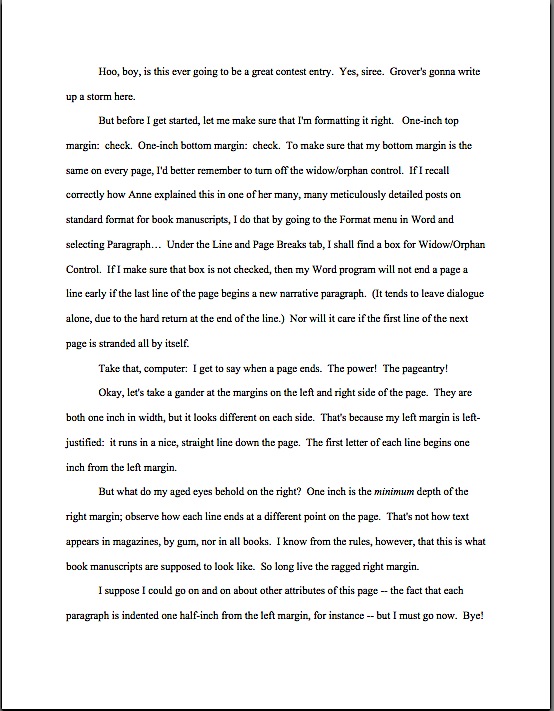
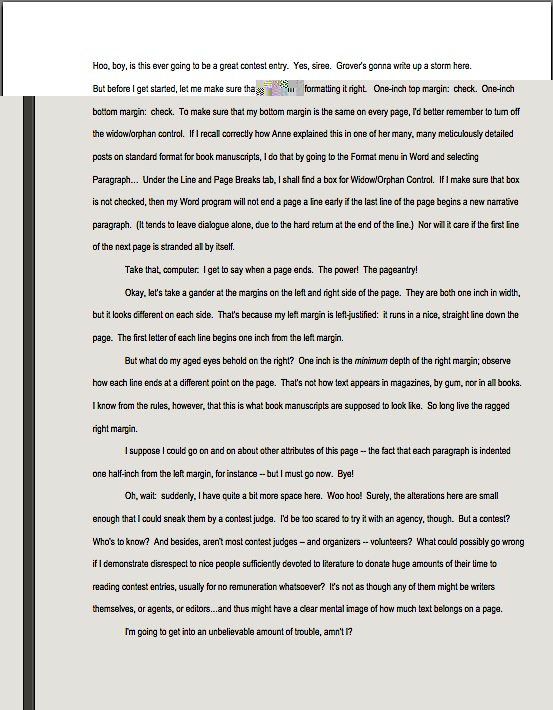
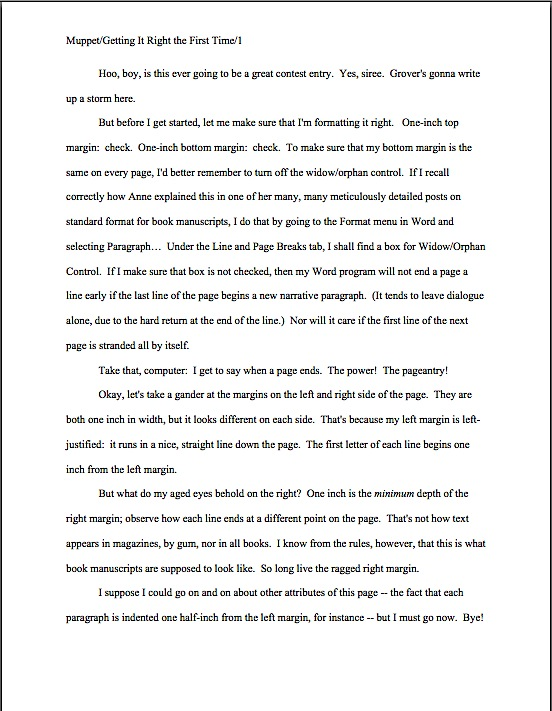
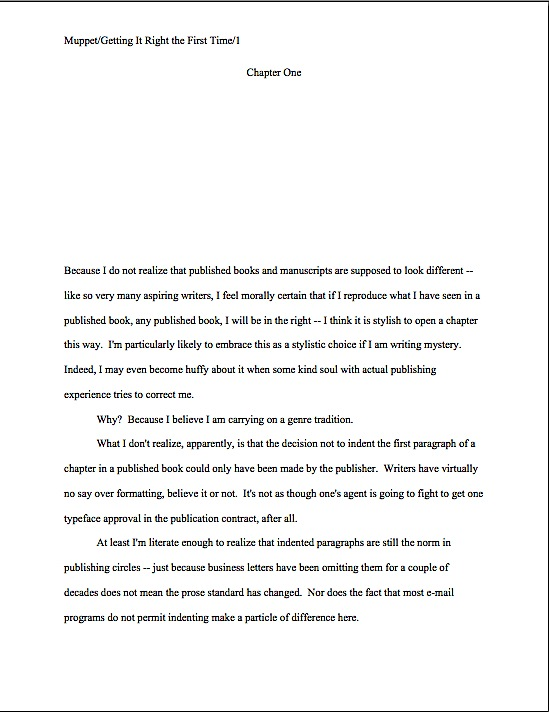
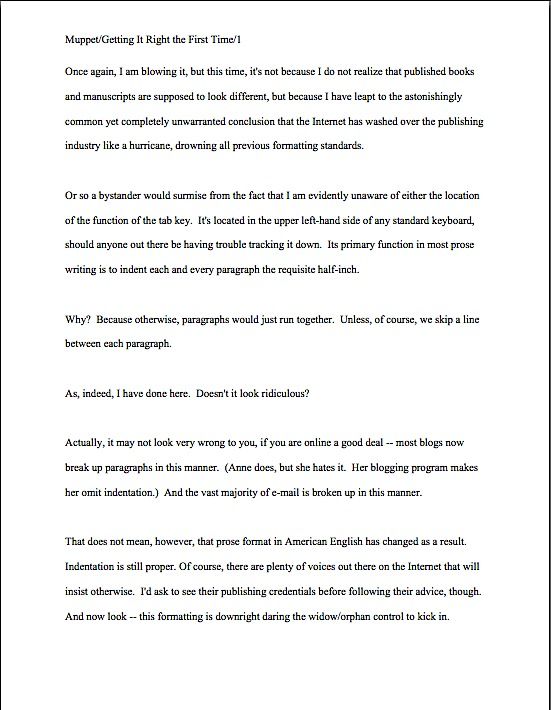
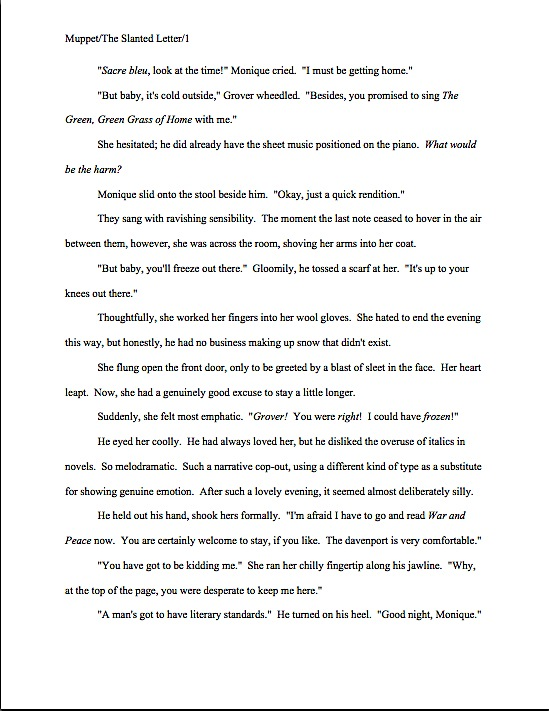
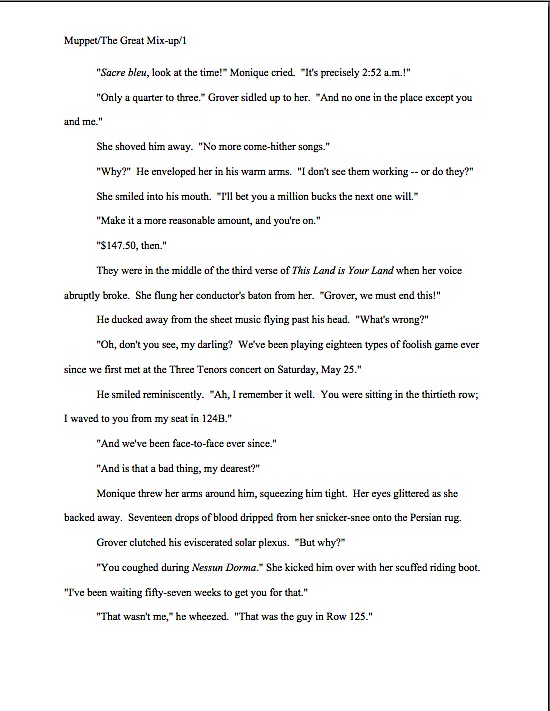


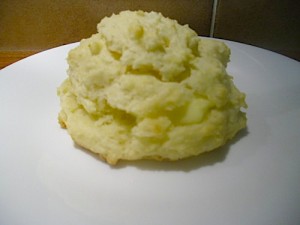
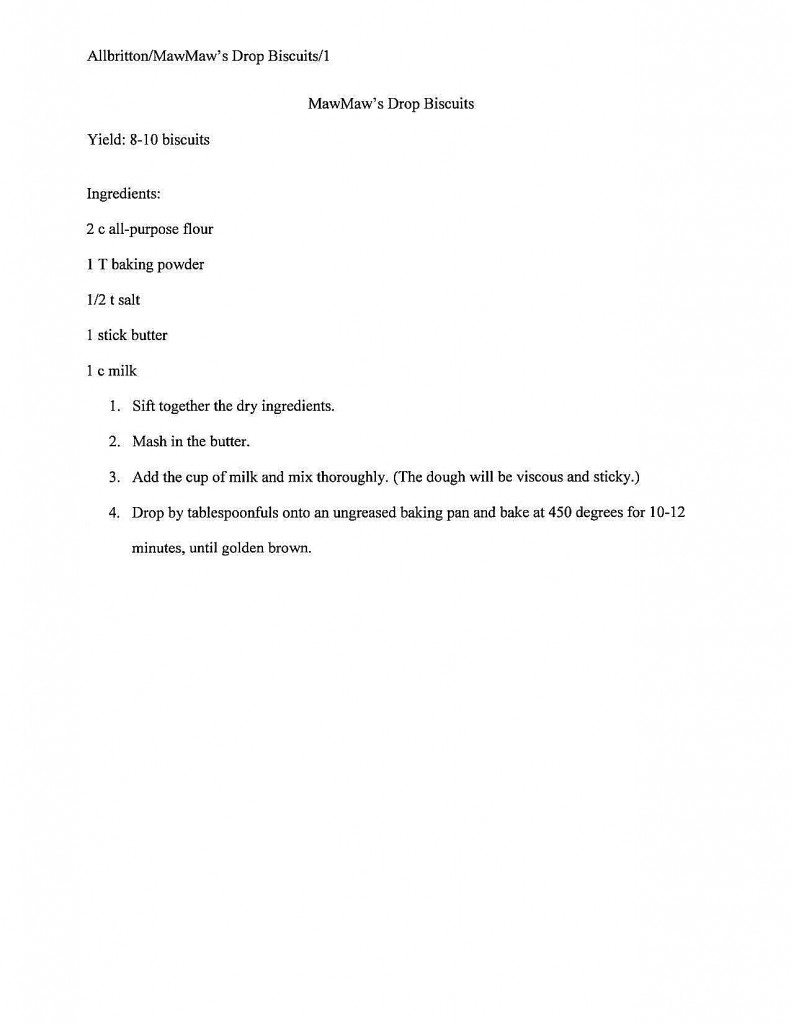
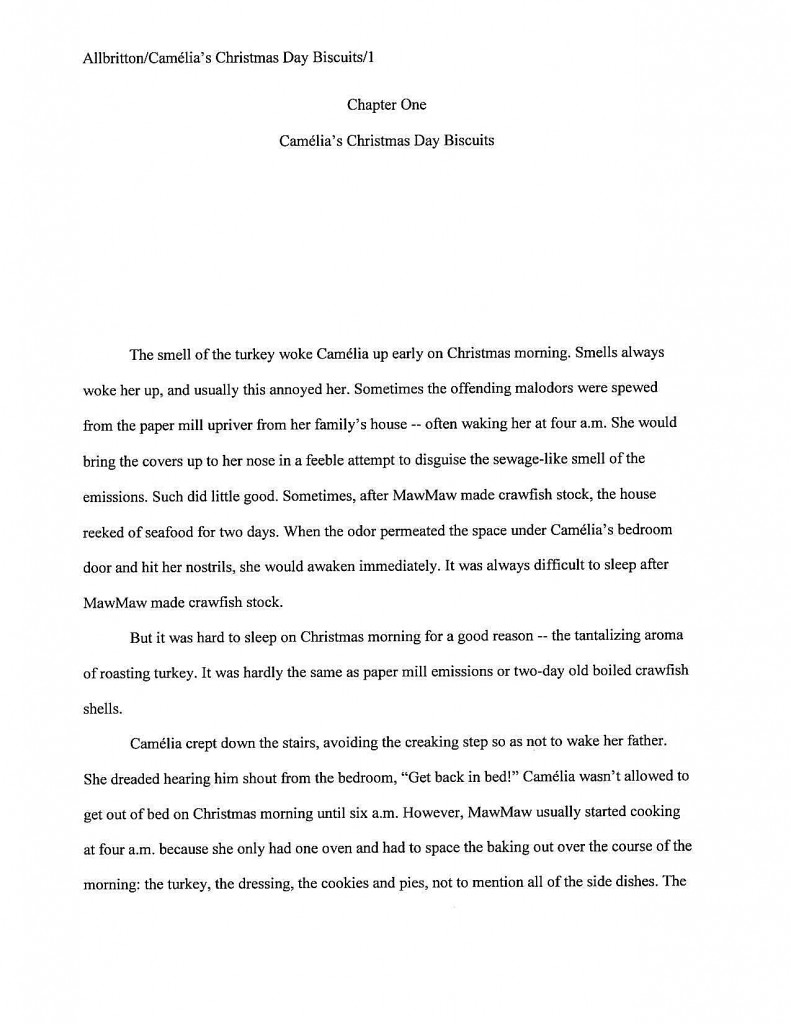
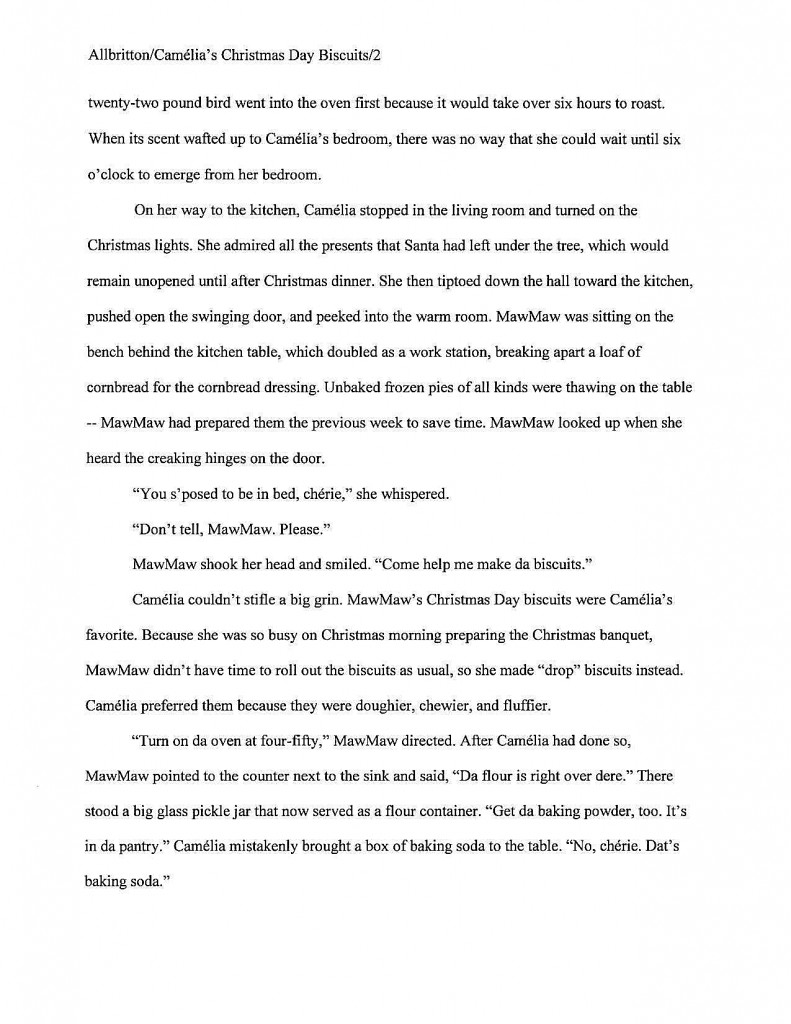
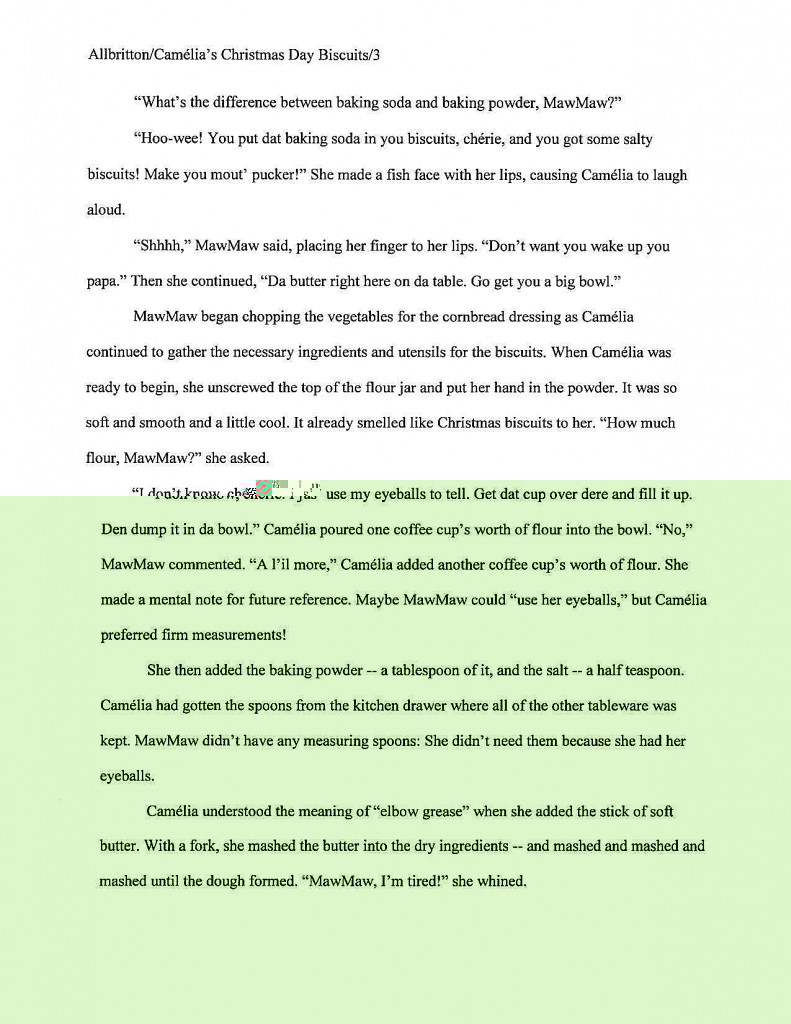
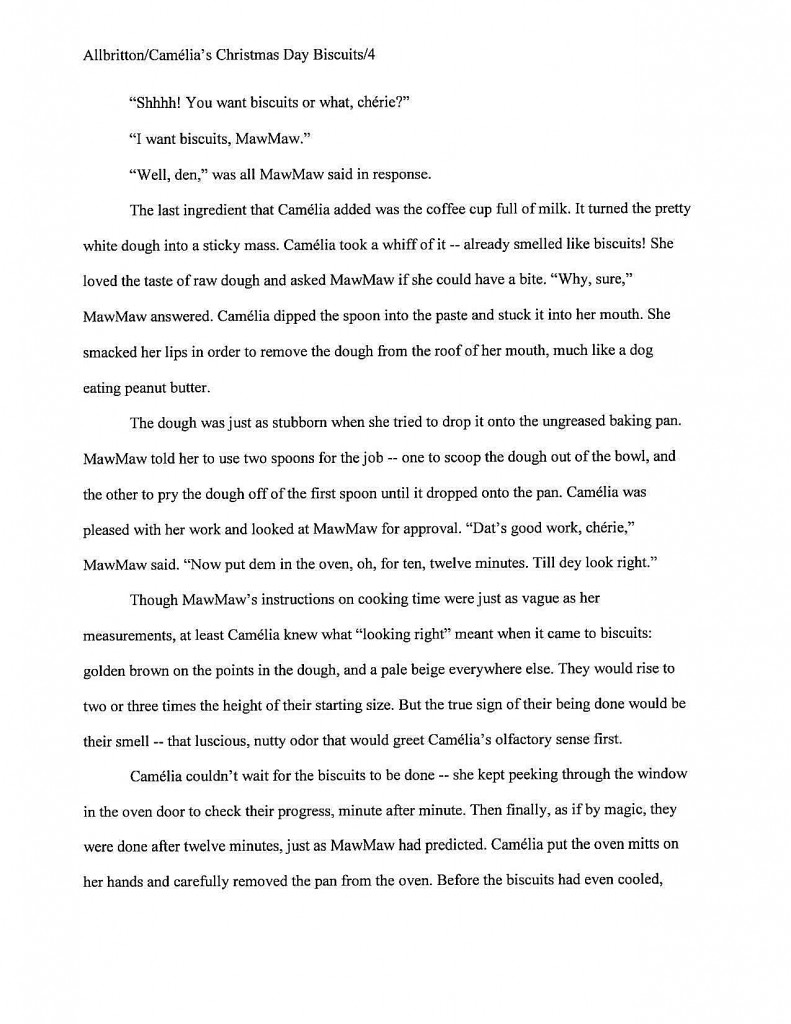
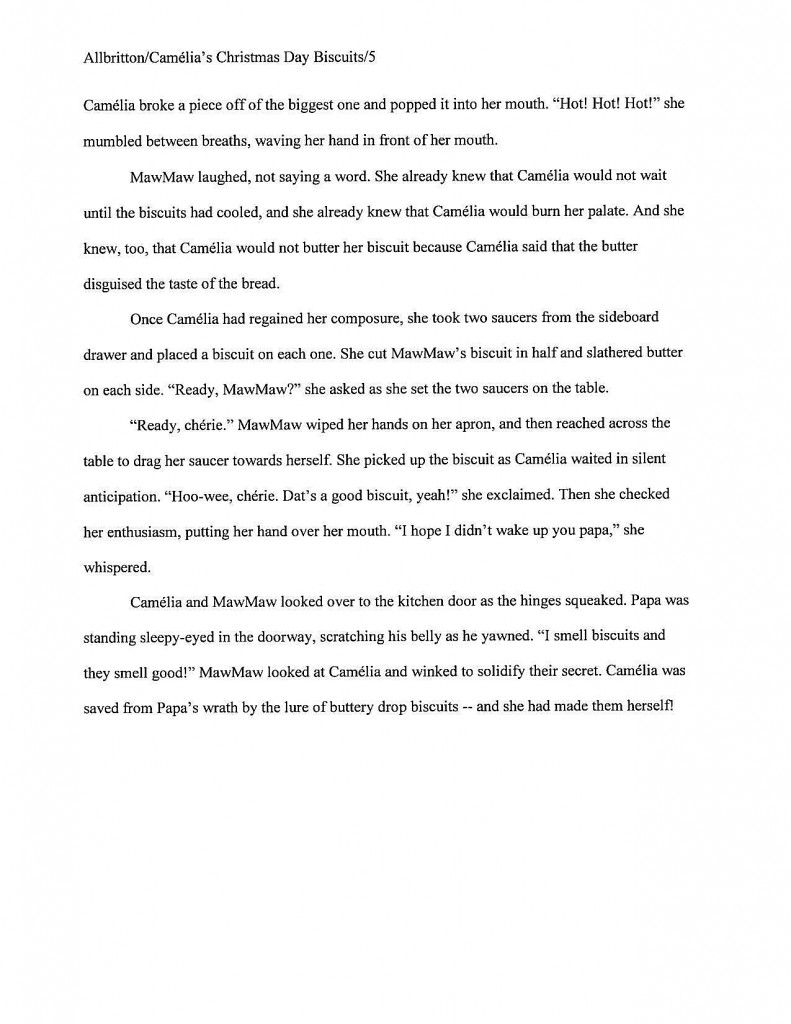
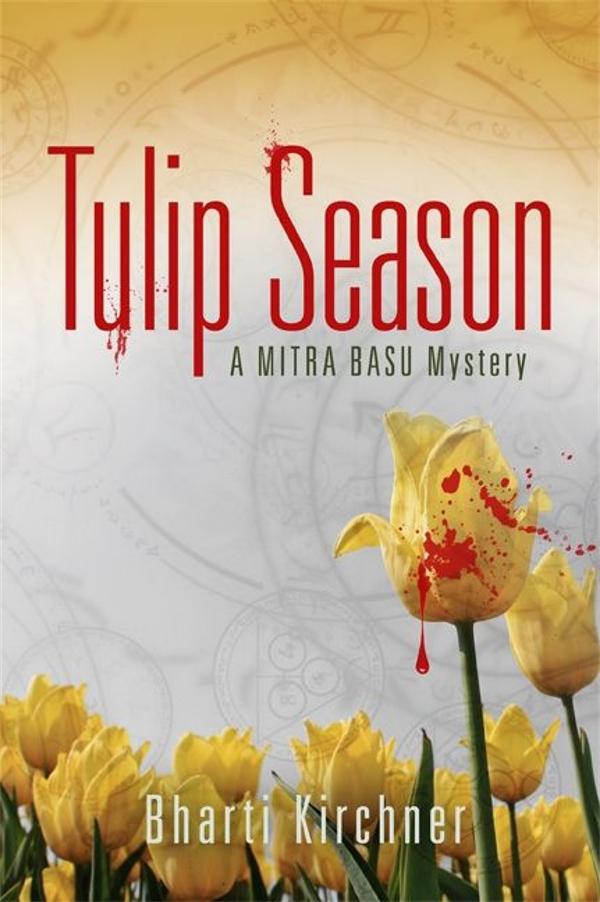
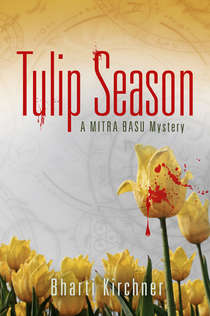
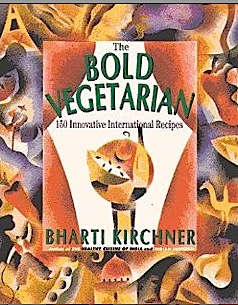
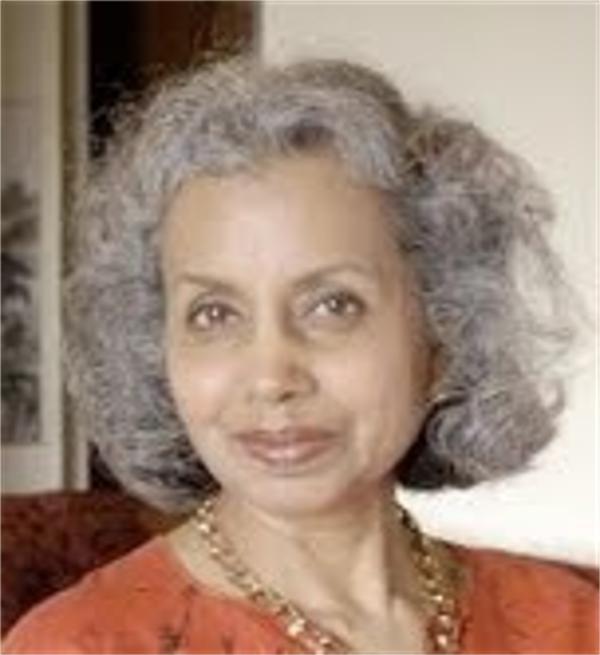






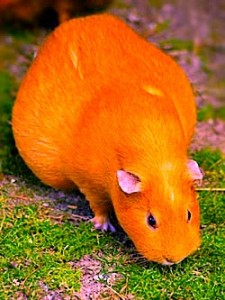
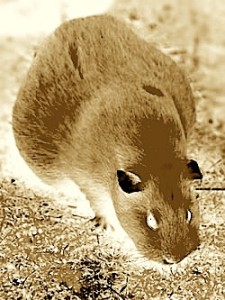

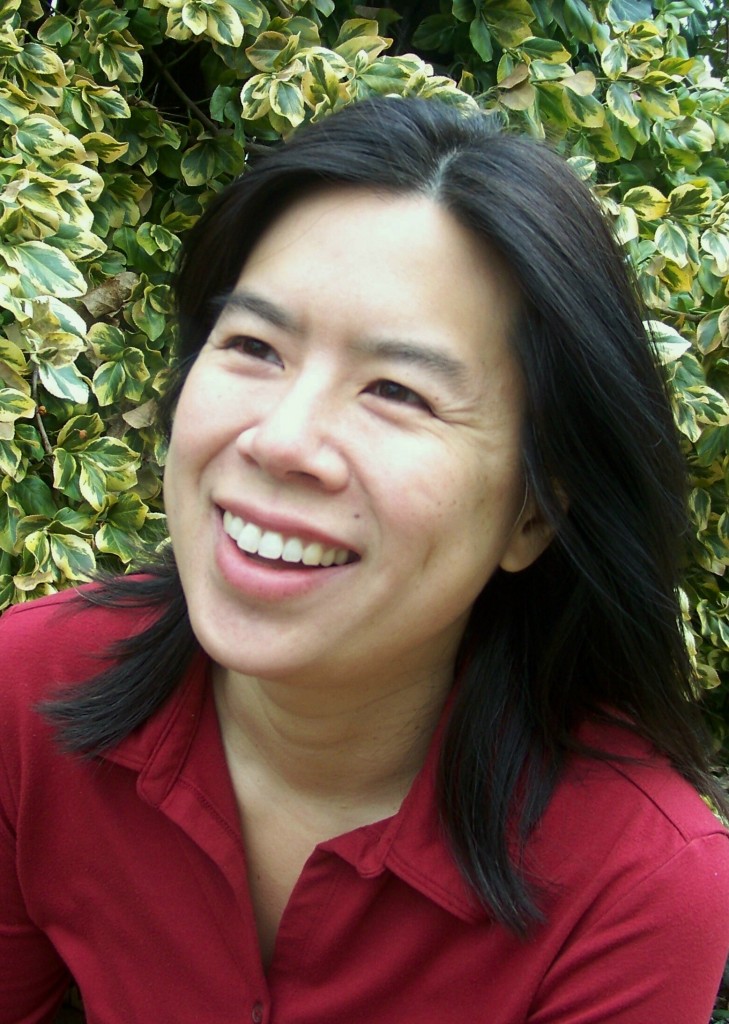


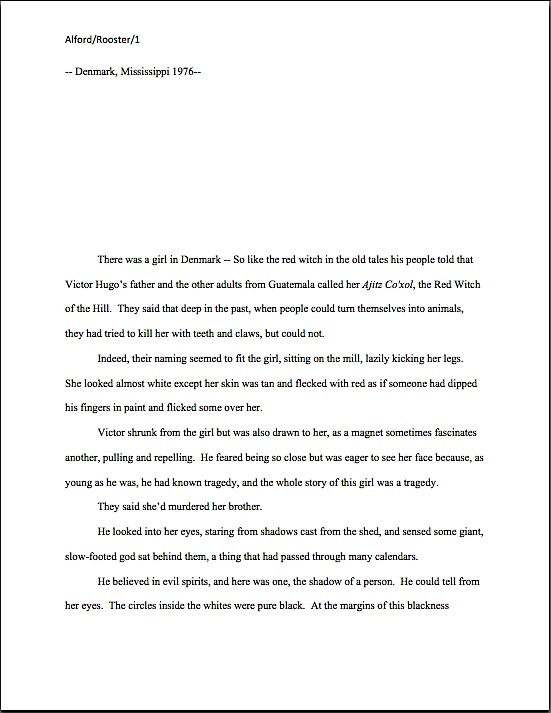
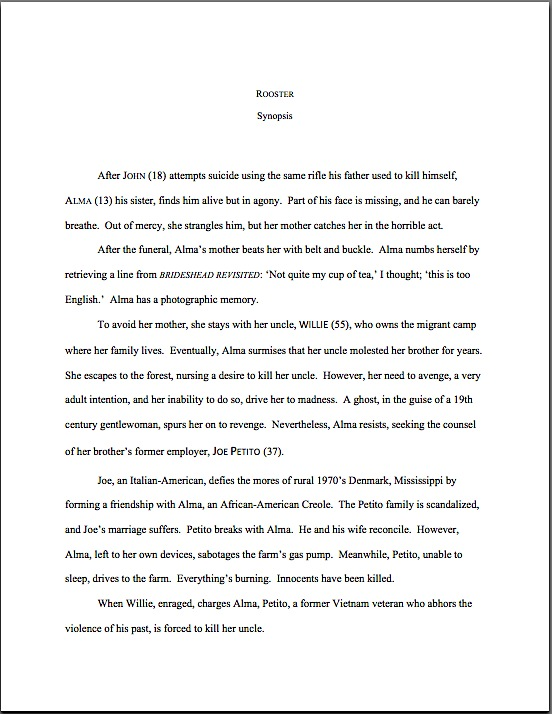





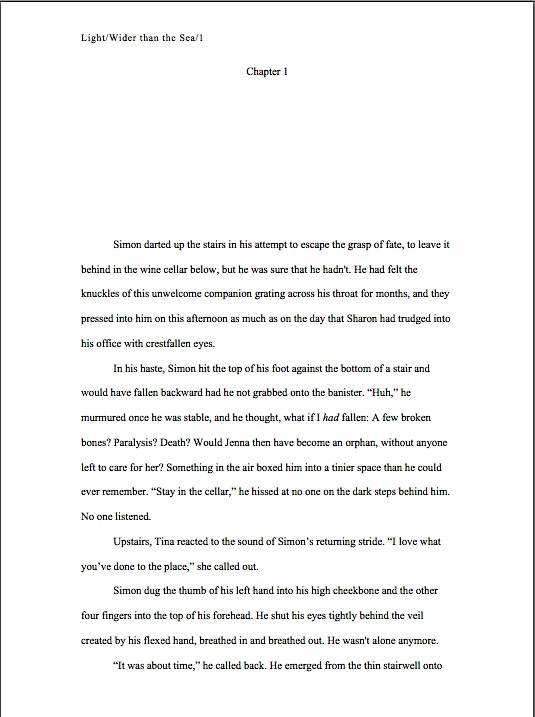
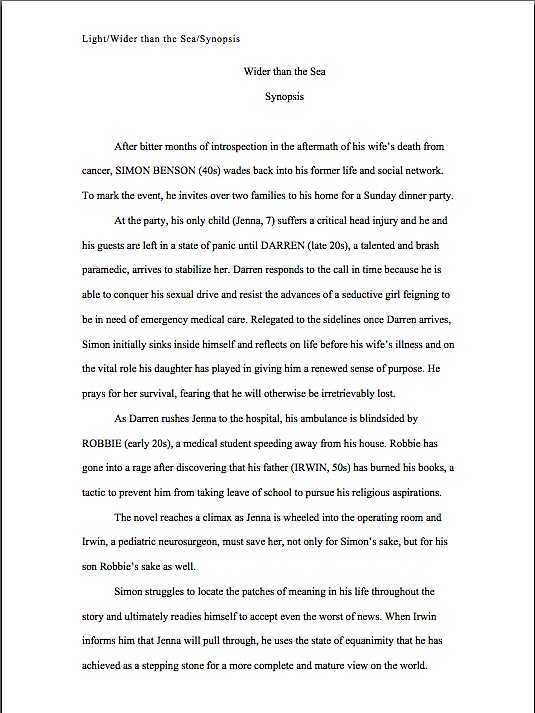
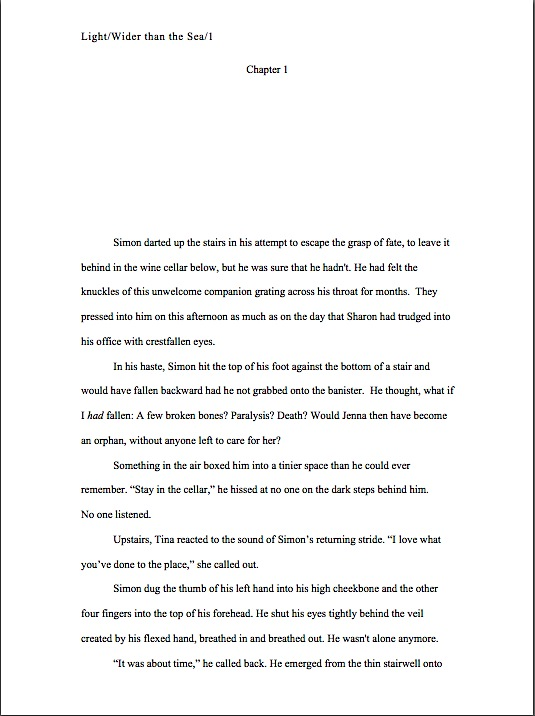
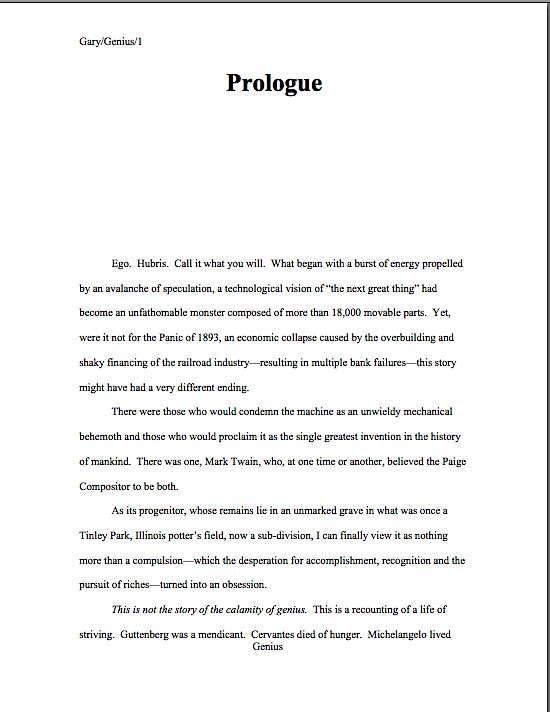
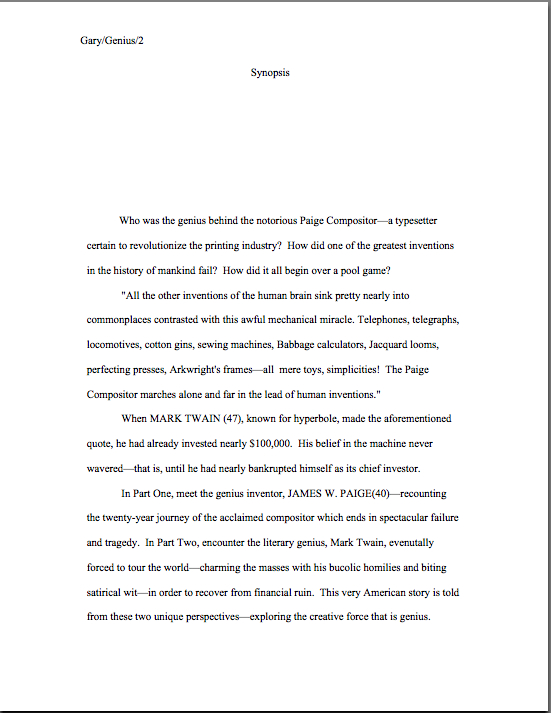
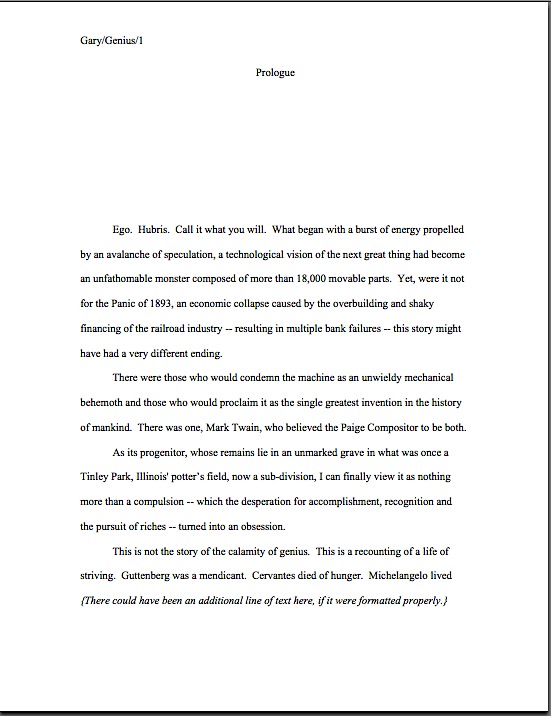



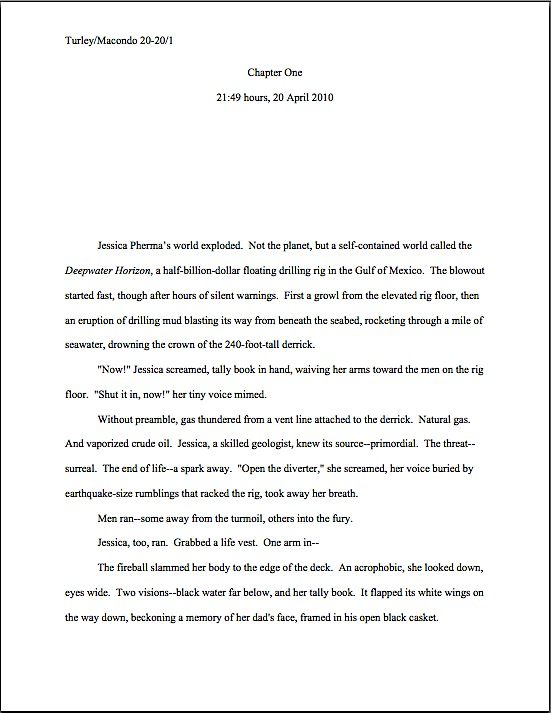
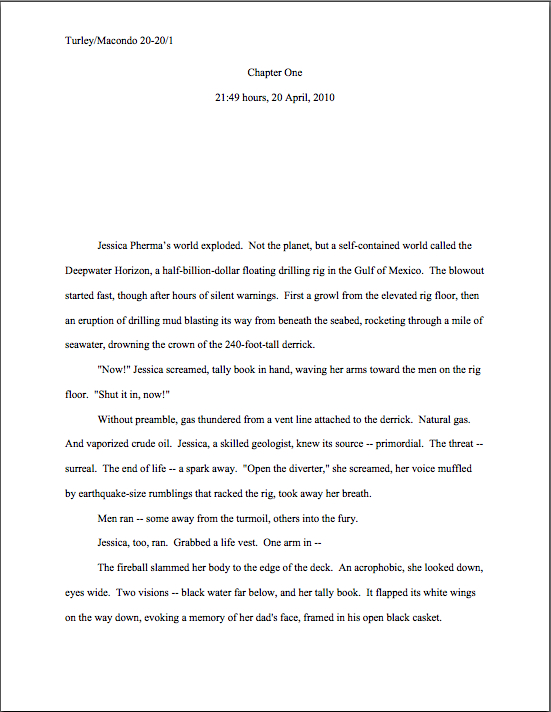
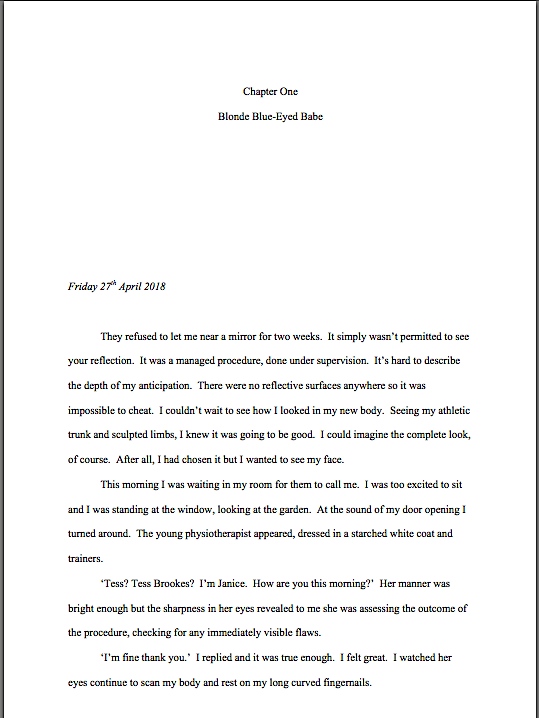
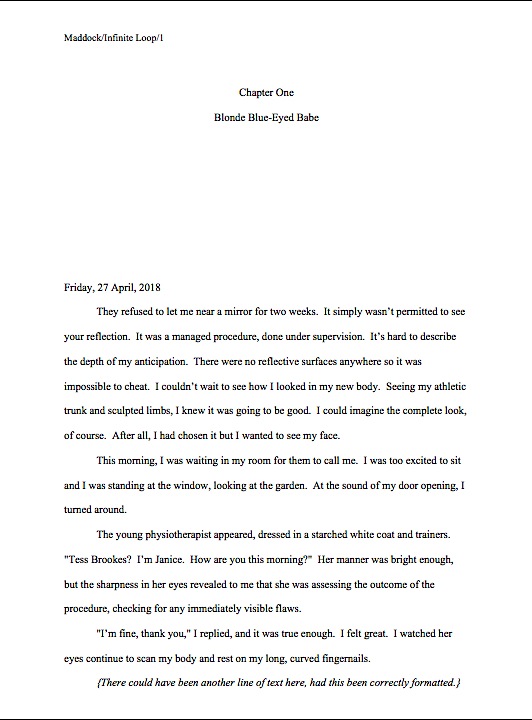
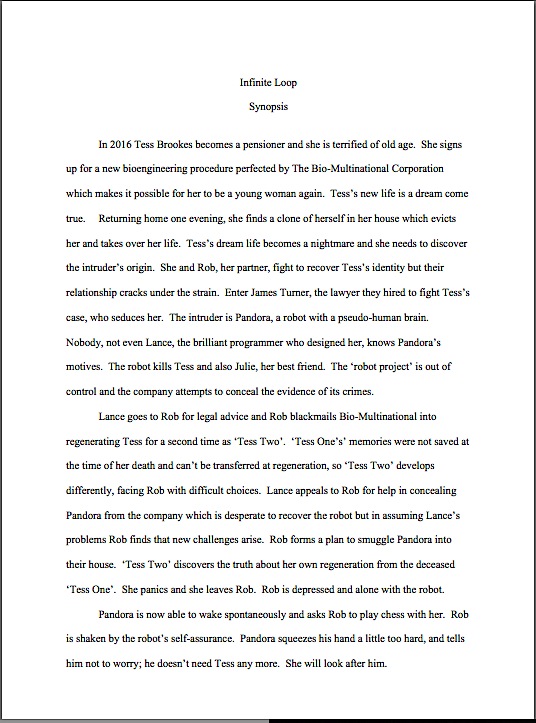

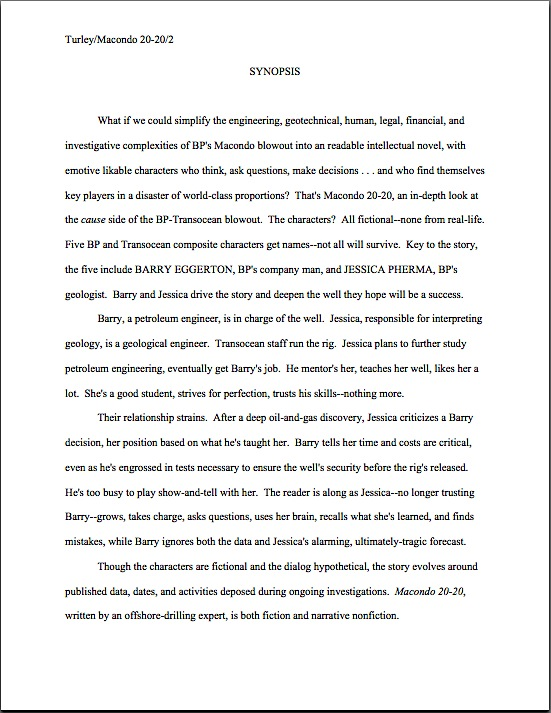


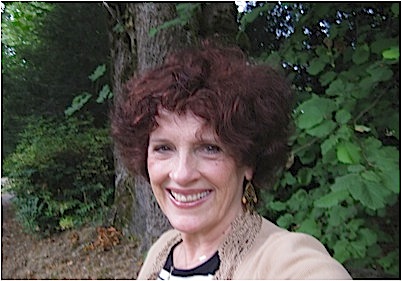
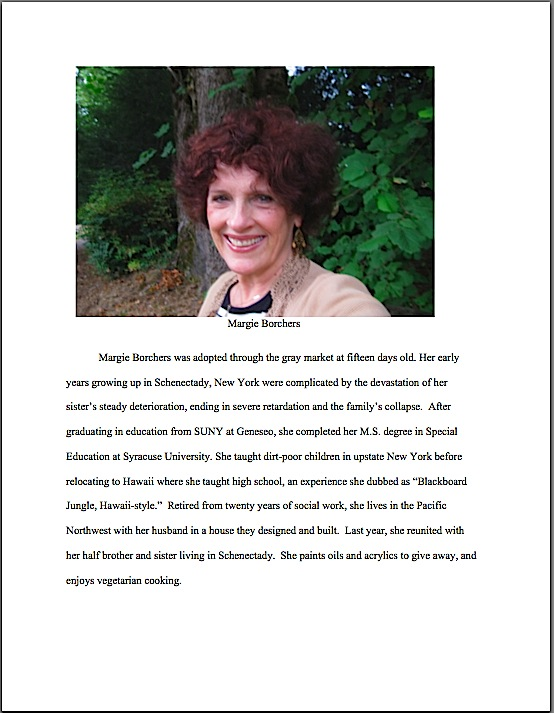
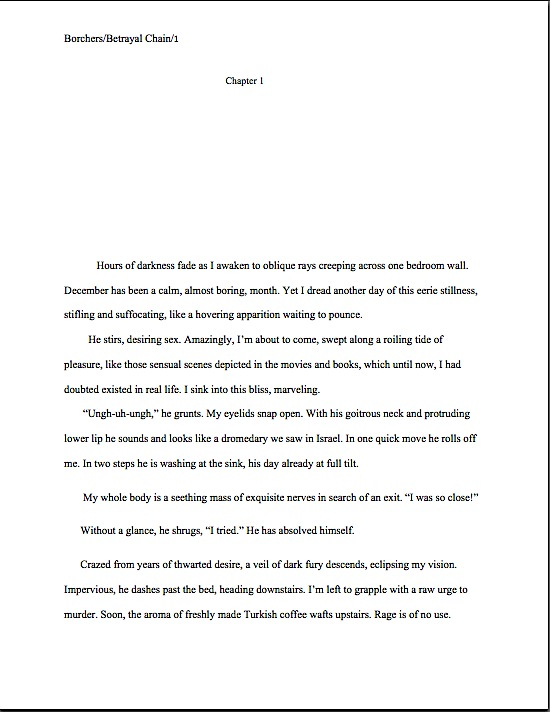
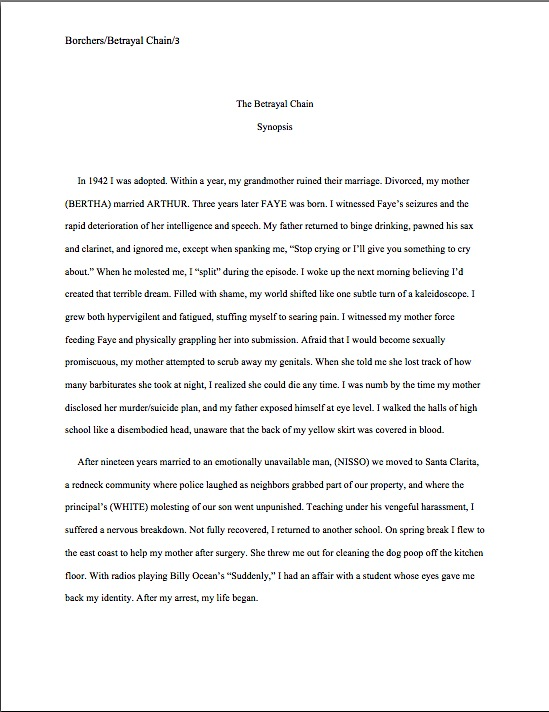
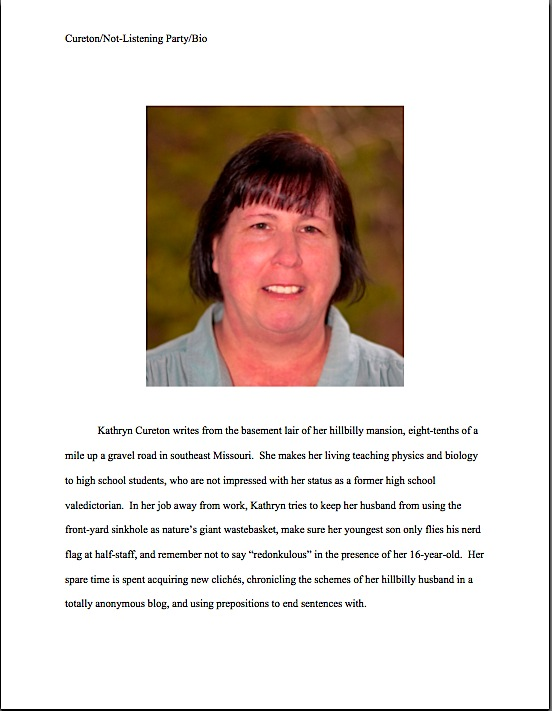
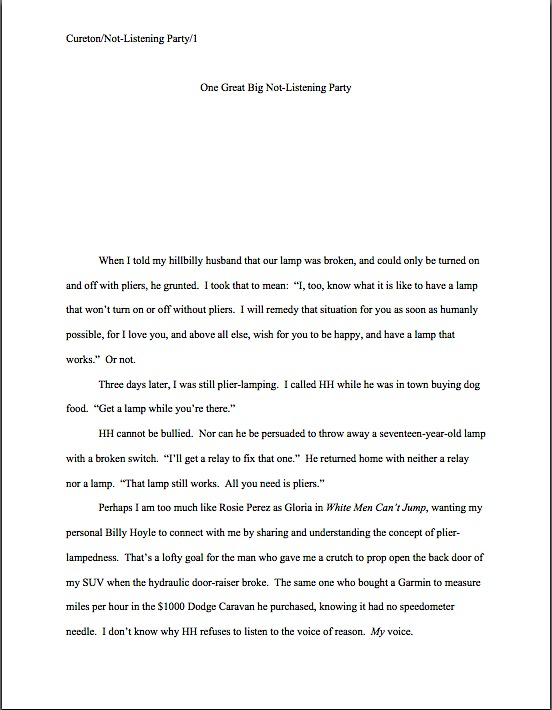
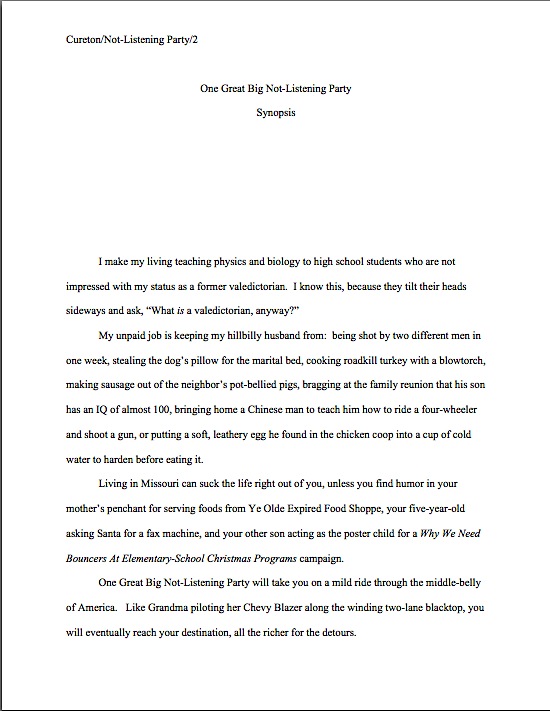
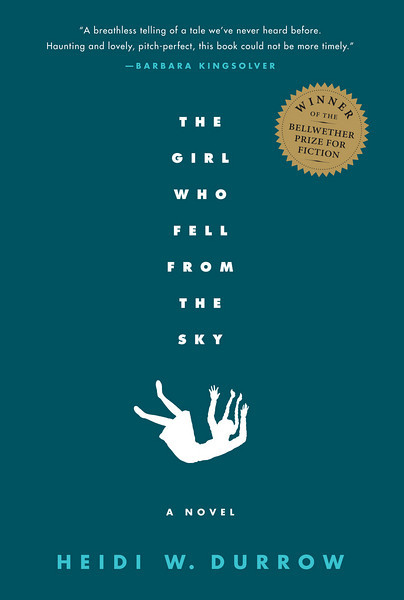
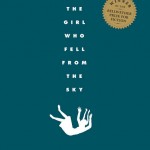 Rachel, the daughter of a Danish mother and a black G.I., becomes the sole survivor of a family tragedy after a fateful morning on their Chicago rooftop.
Rachel, the daughter of a Danish mother and a black G.I., becomes the sole survivor of a family tragedy after a fateful morning on their Chicago rooftop.  This debut novel tells the story of Rachel, the daughter of a Danish mother and a black G.I. who becomes the sole survivor of a family tragedy.
This debut novel tells the story of Rachel, the daughter of a Danish mother and a black G.I. who becomes the sole survivor of a family tragedy.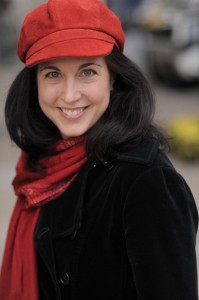
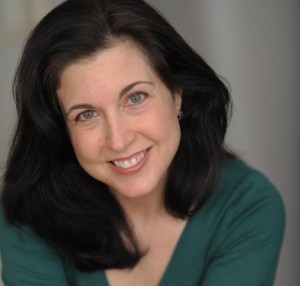
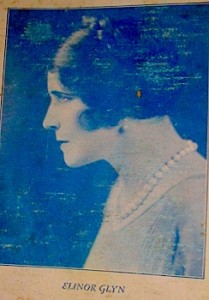

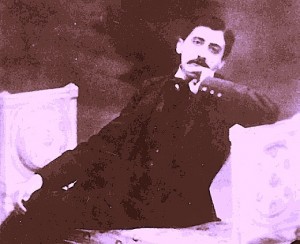
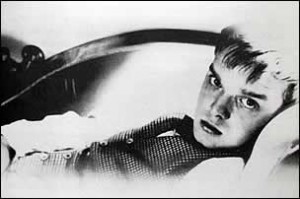
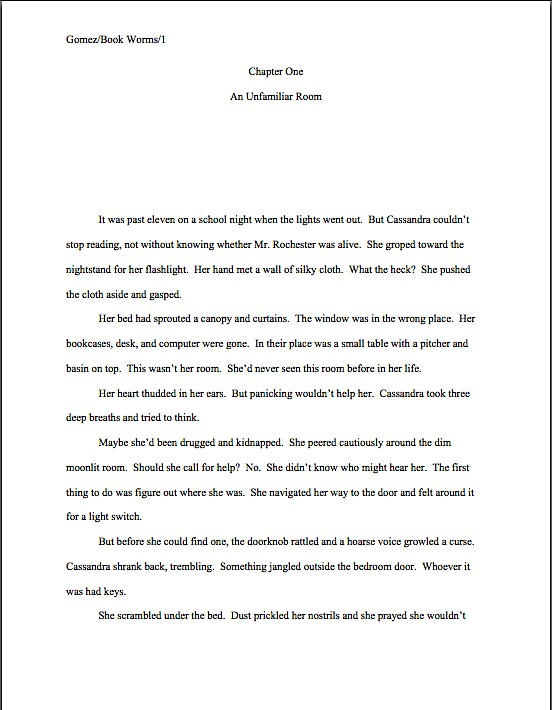

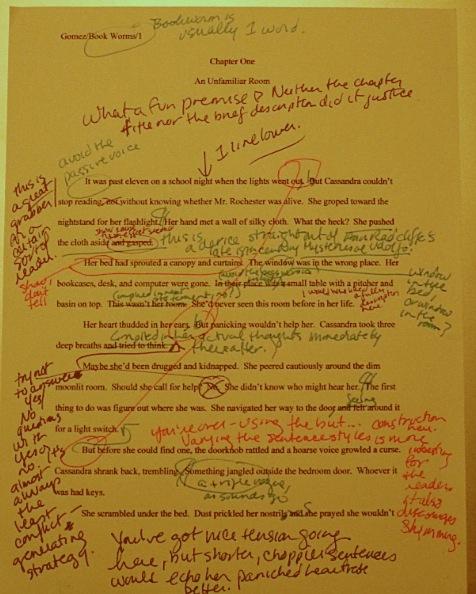

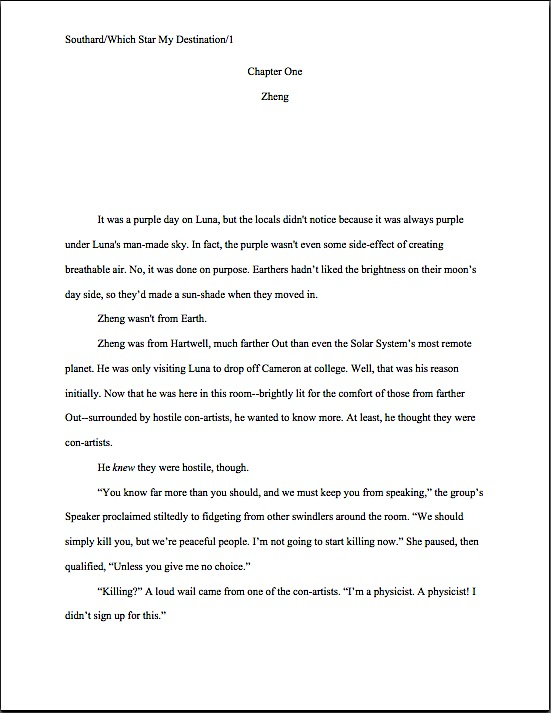
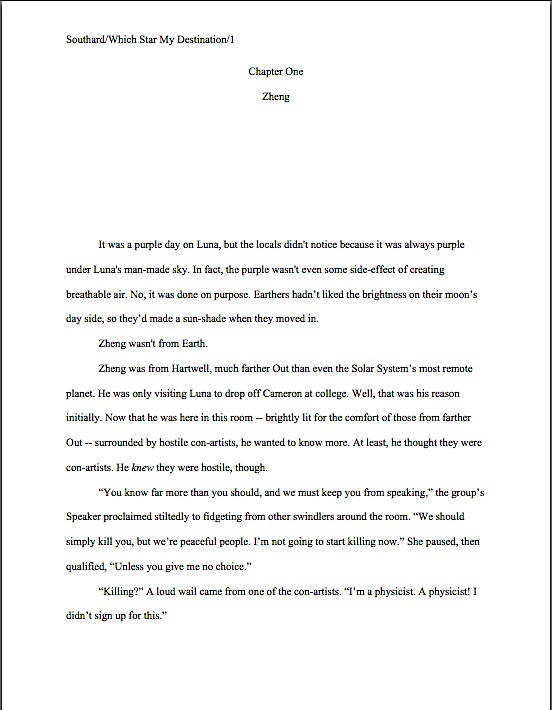
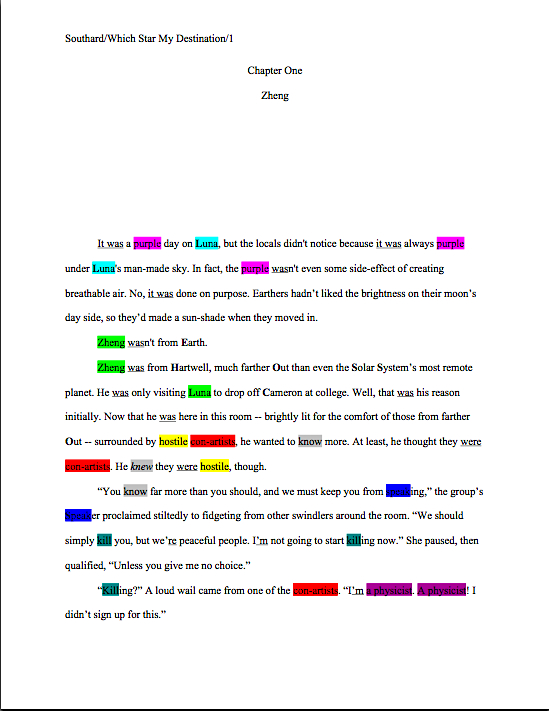
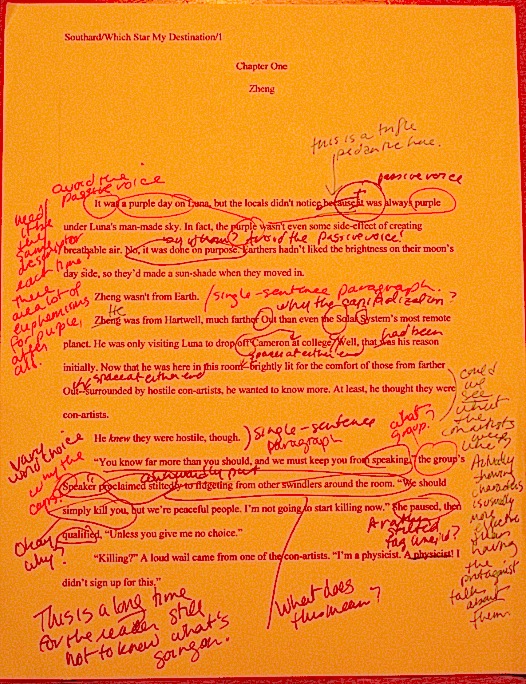
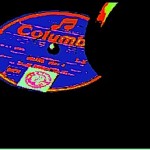 YA has its own distinctive conventions, particularly with respect to voice and subject matter. If it is not apparent from the first paragraph of page 1 that a manuscript is YA, even the best-written YA manuscript runs the risk of rejection on that ground alone.
YA has its own distinctive conventions, particularly with respect to voice and subject matter. If it is not apparent from the first paragraph of page 1 that a manuscript is YA, even the best-written YA manuscript runs the risk of rejection on that ground alone.